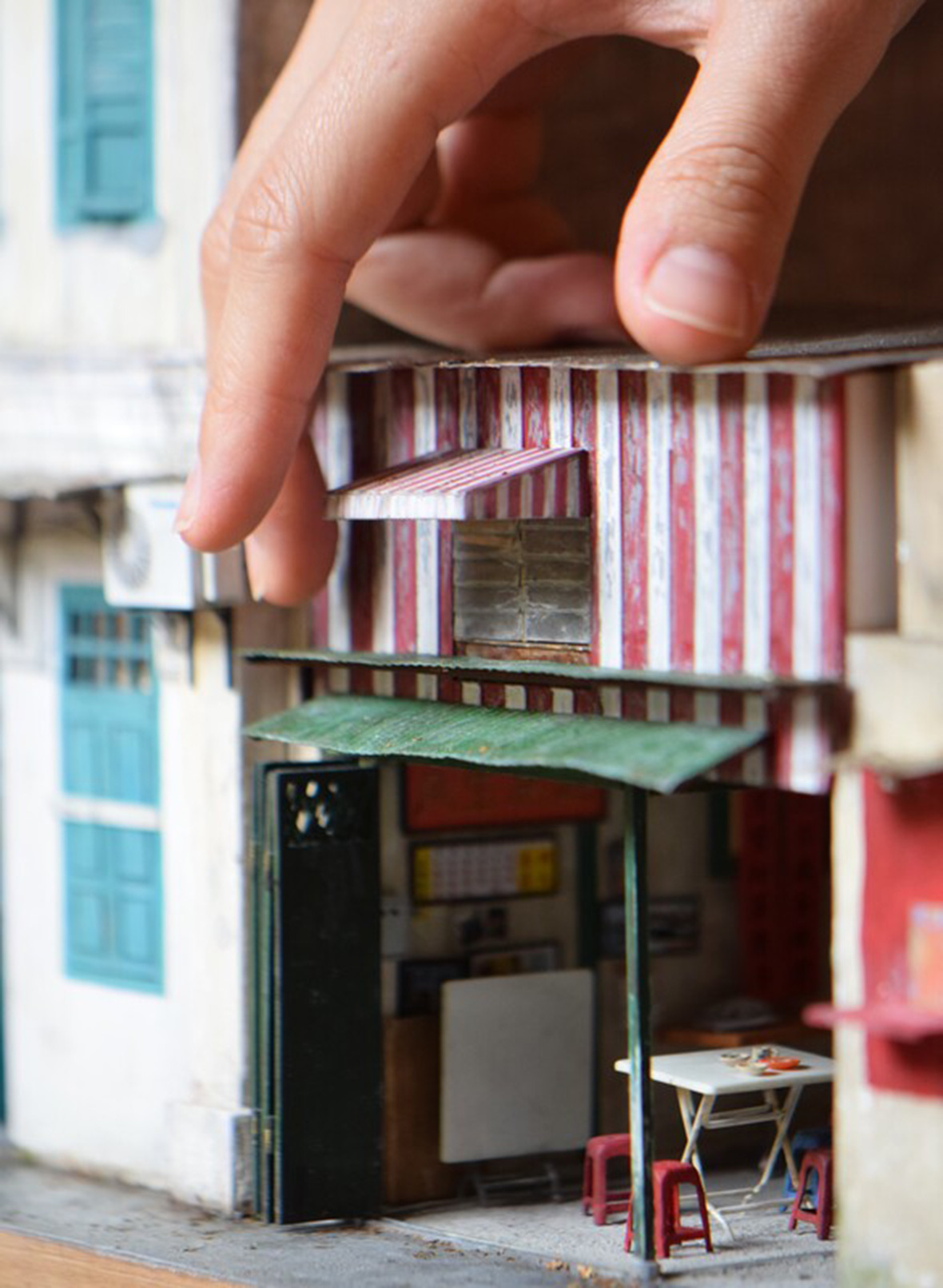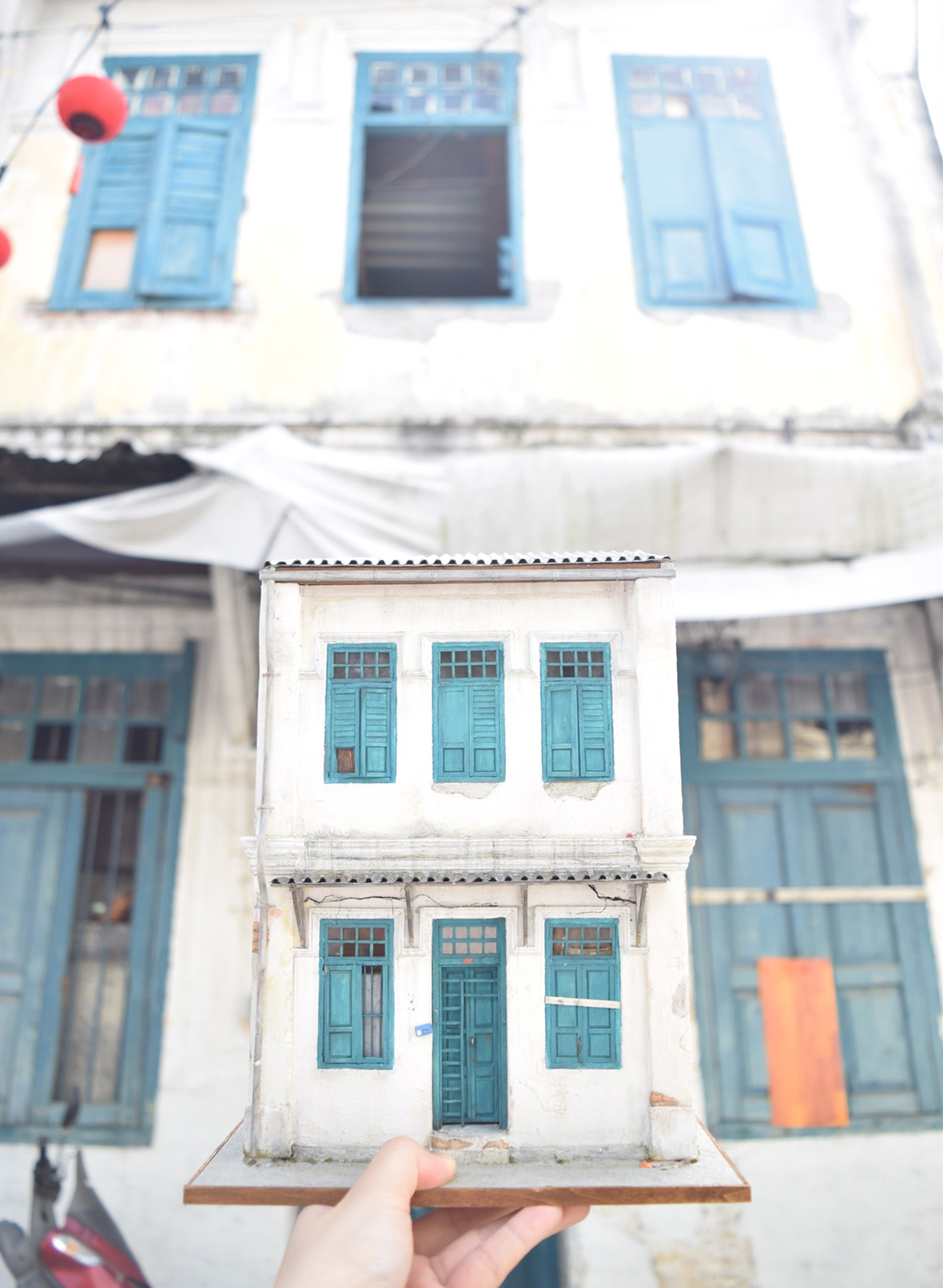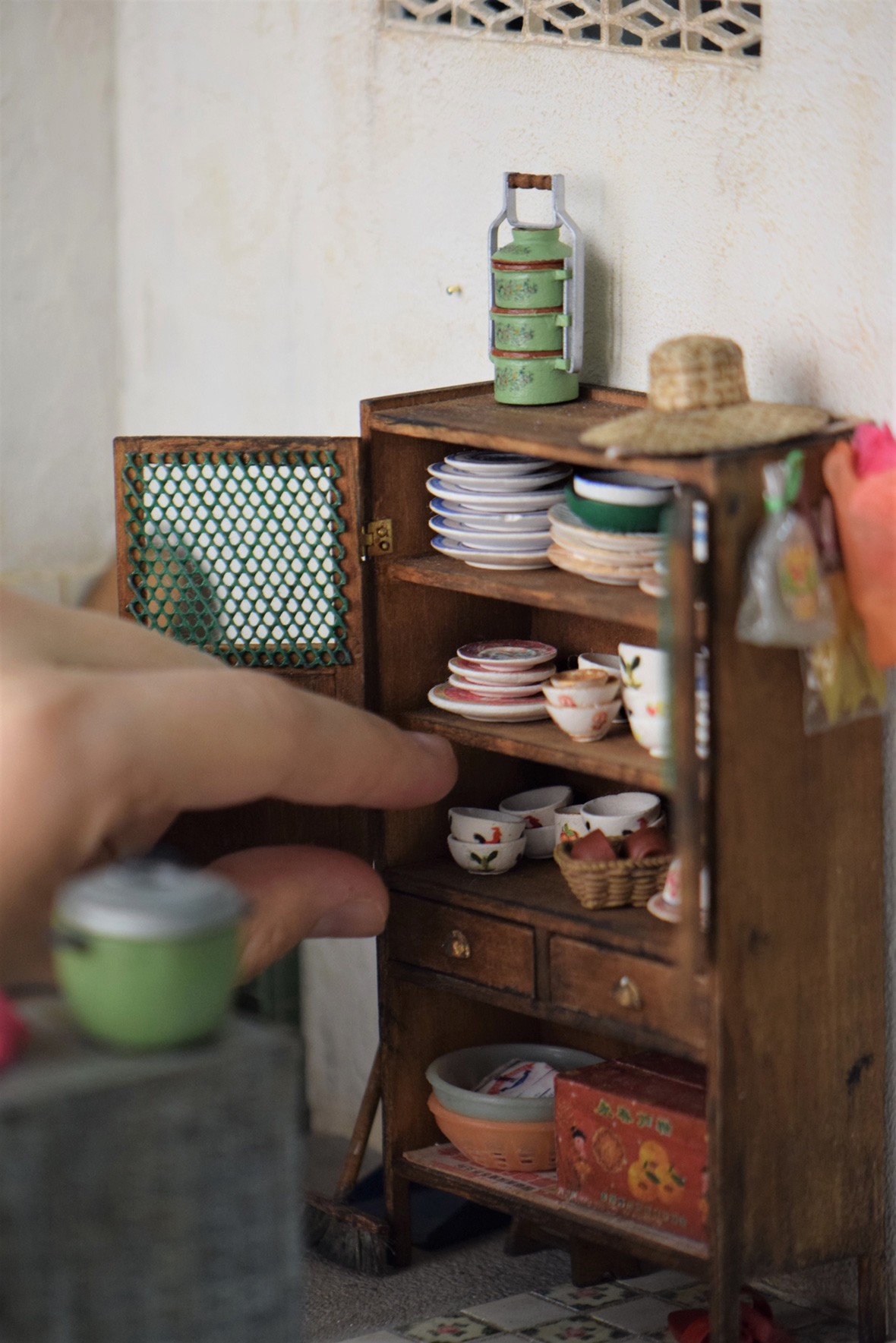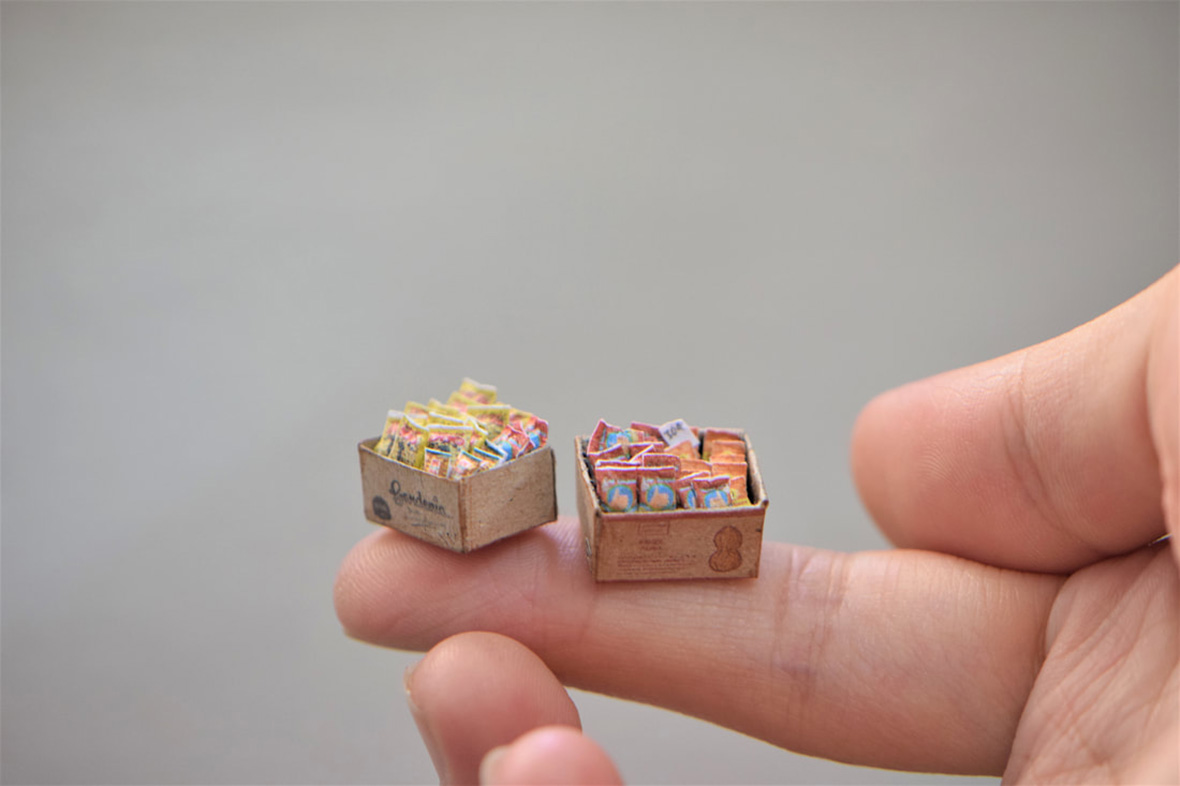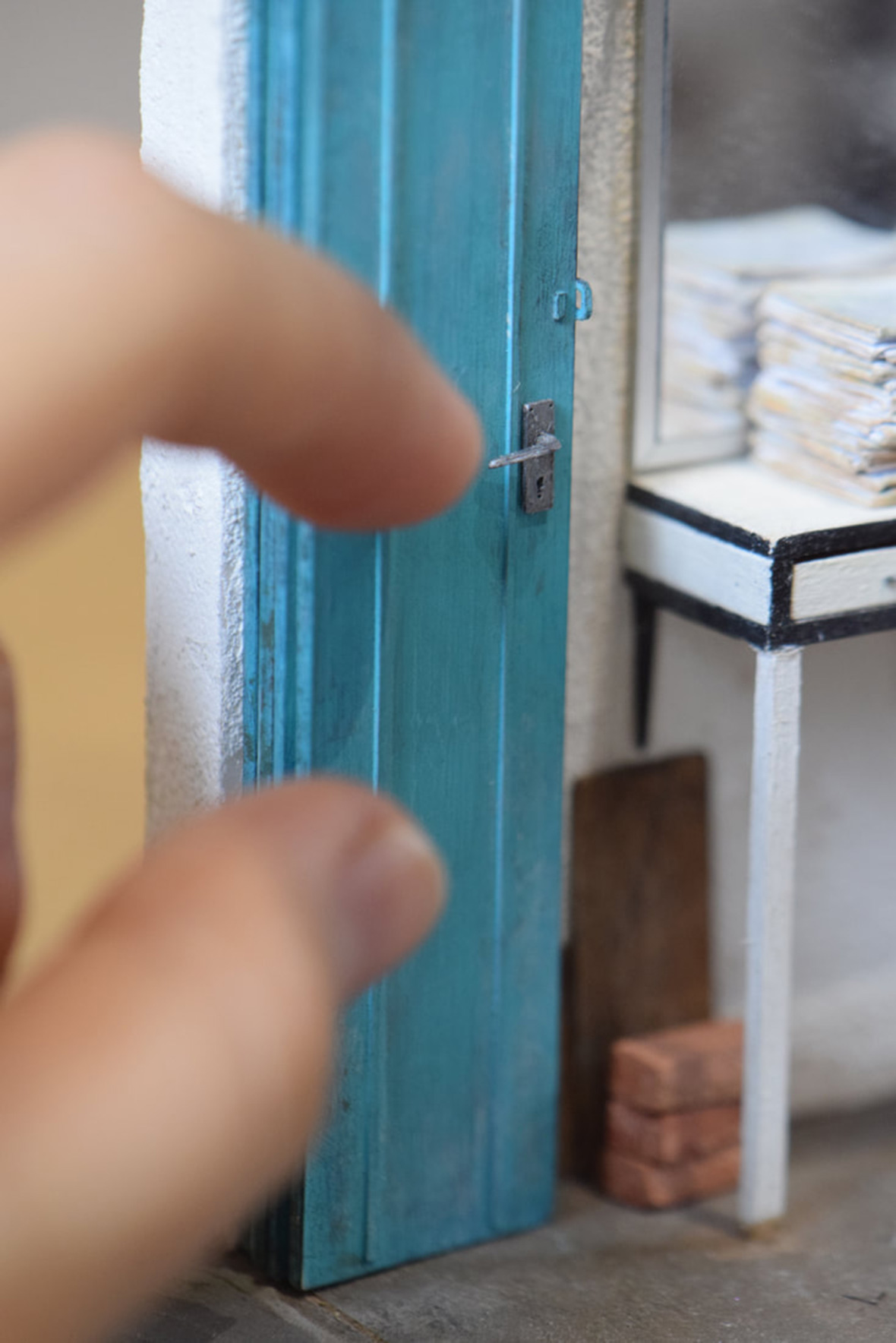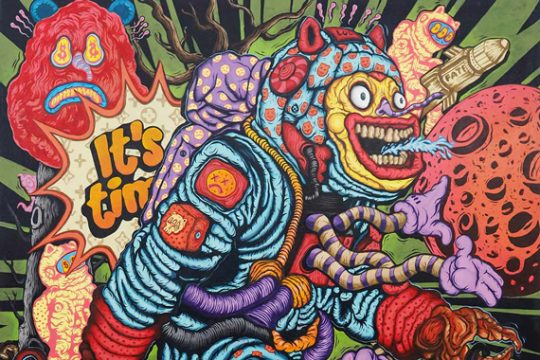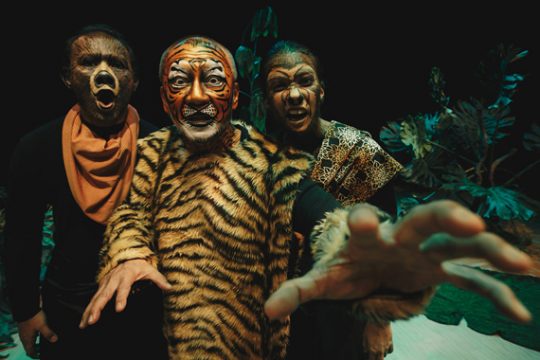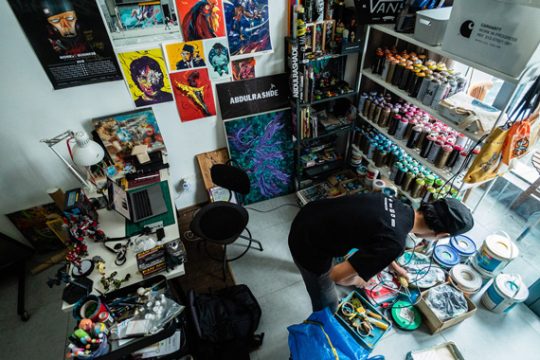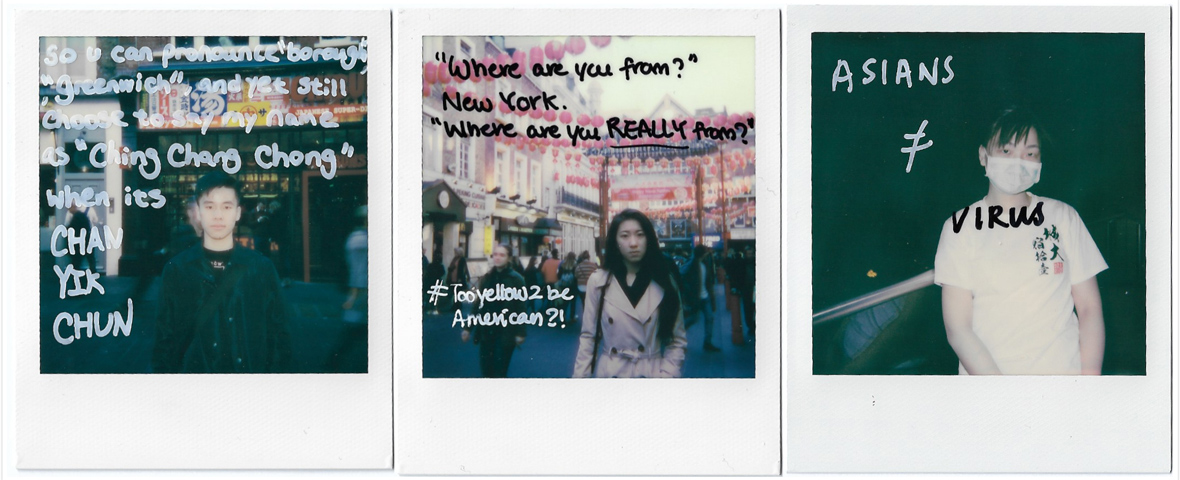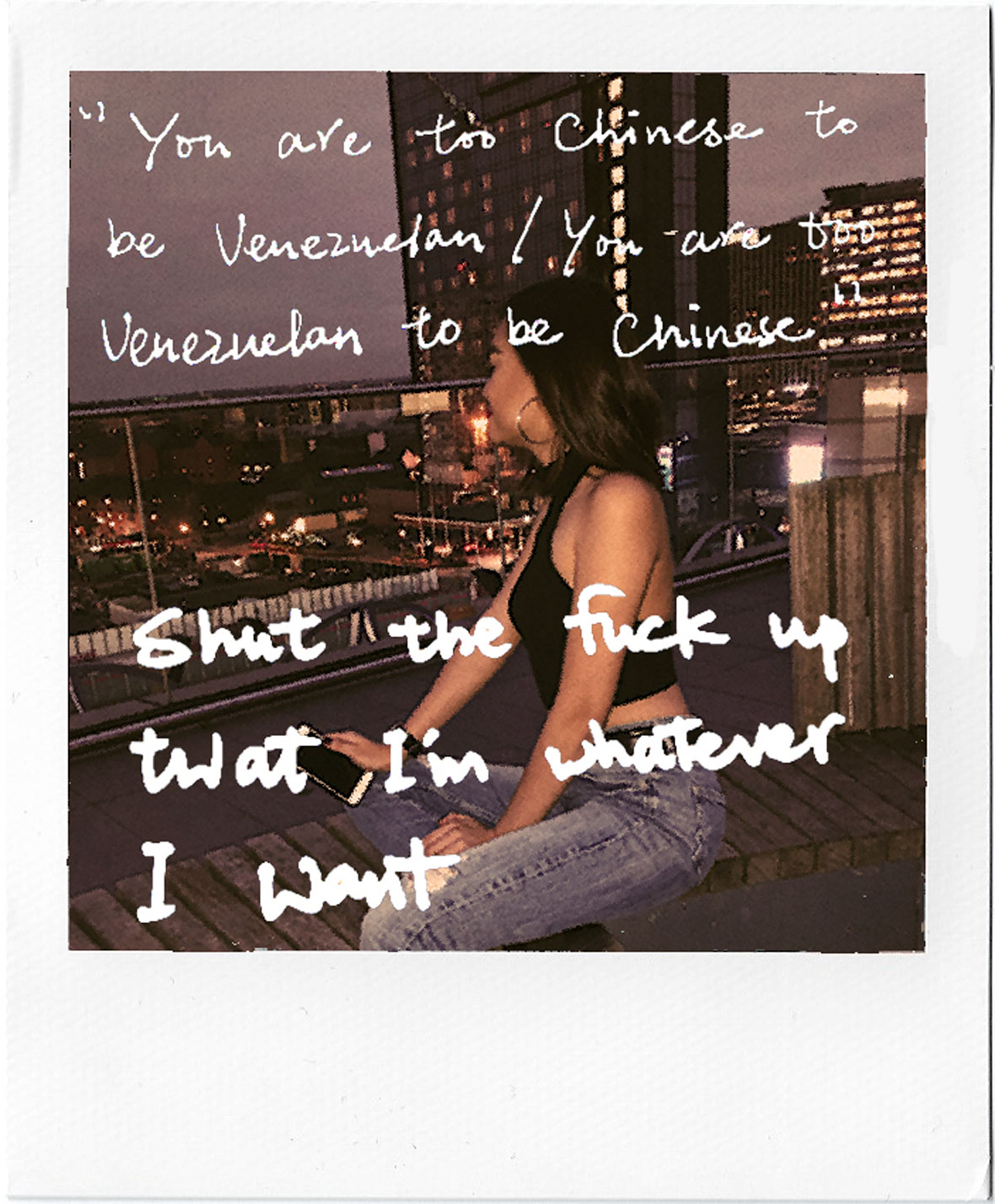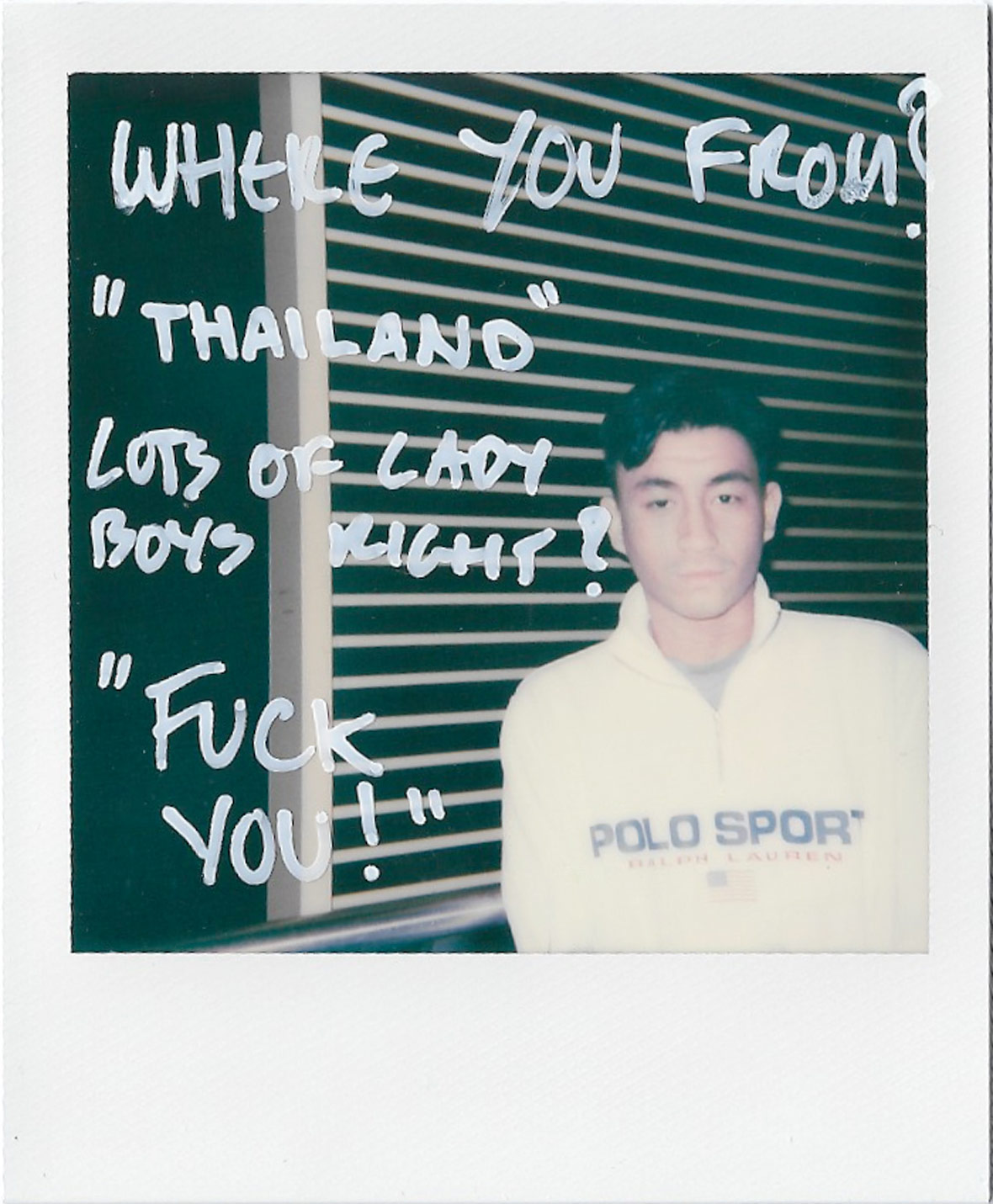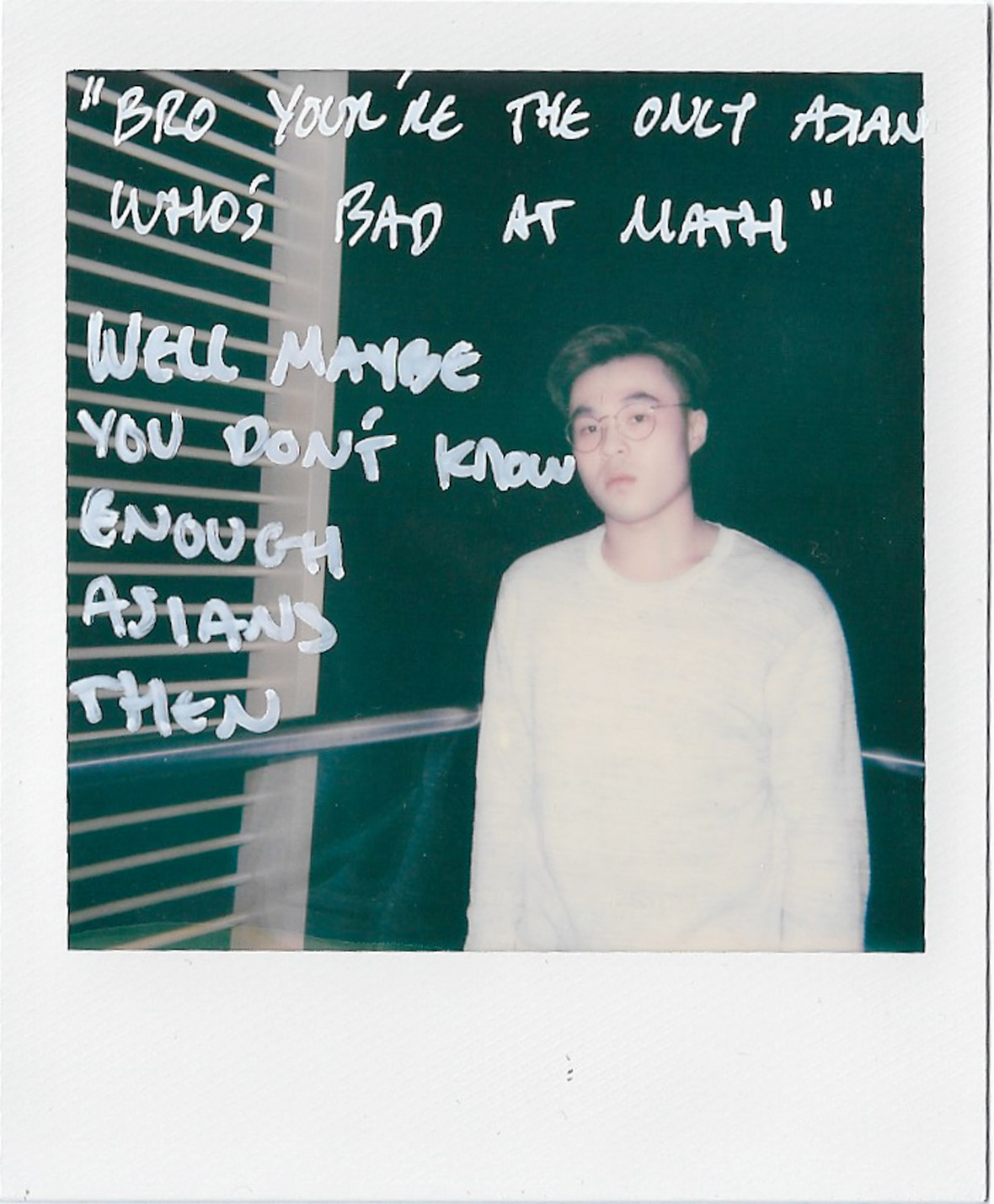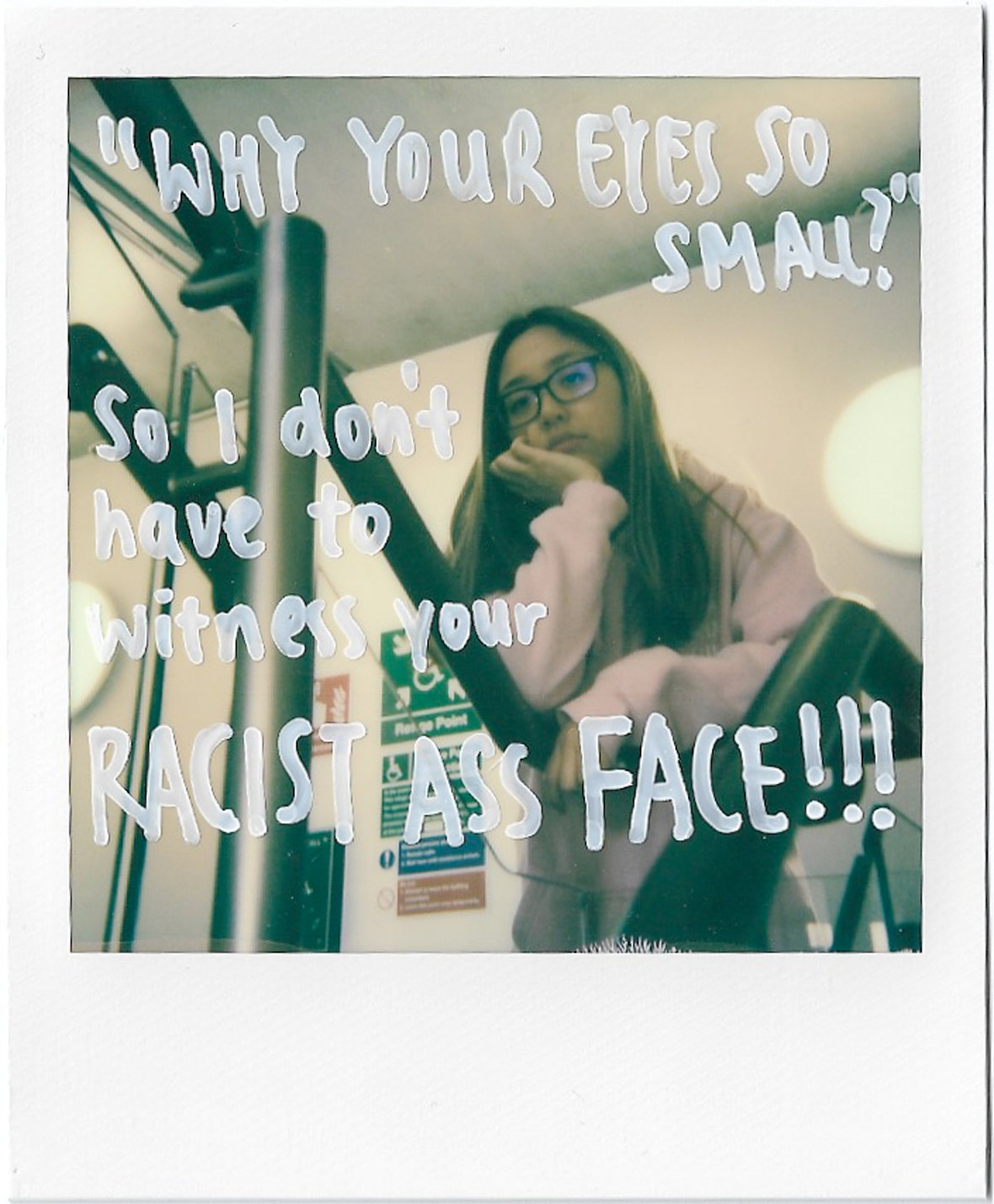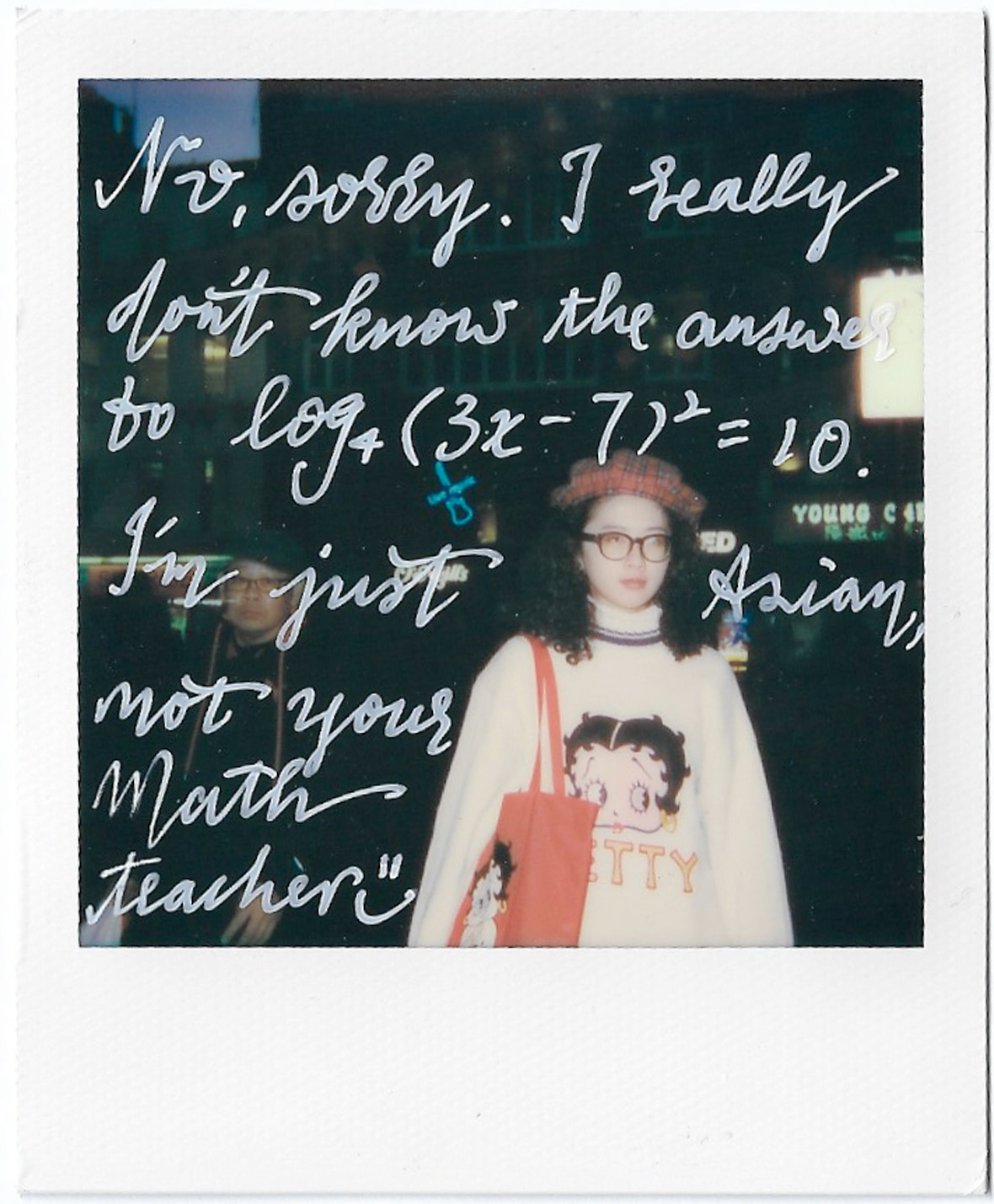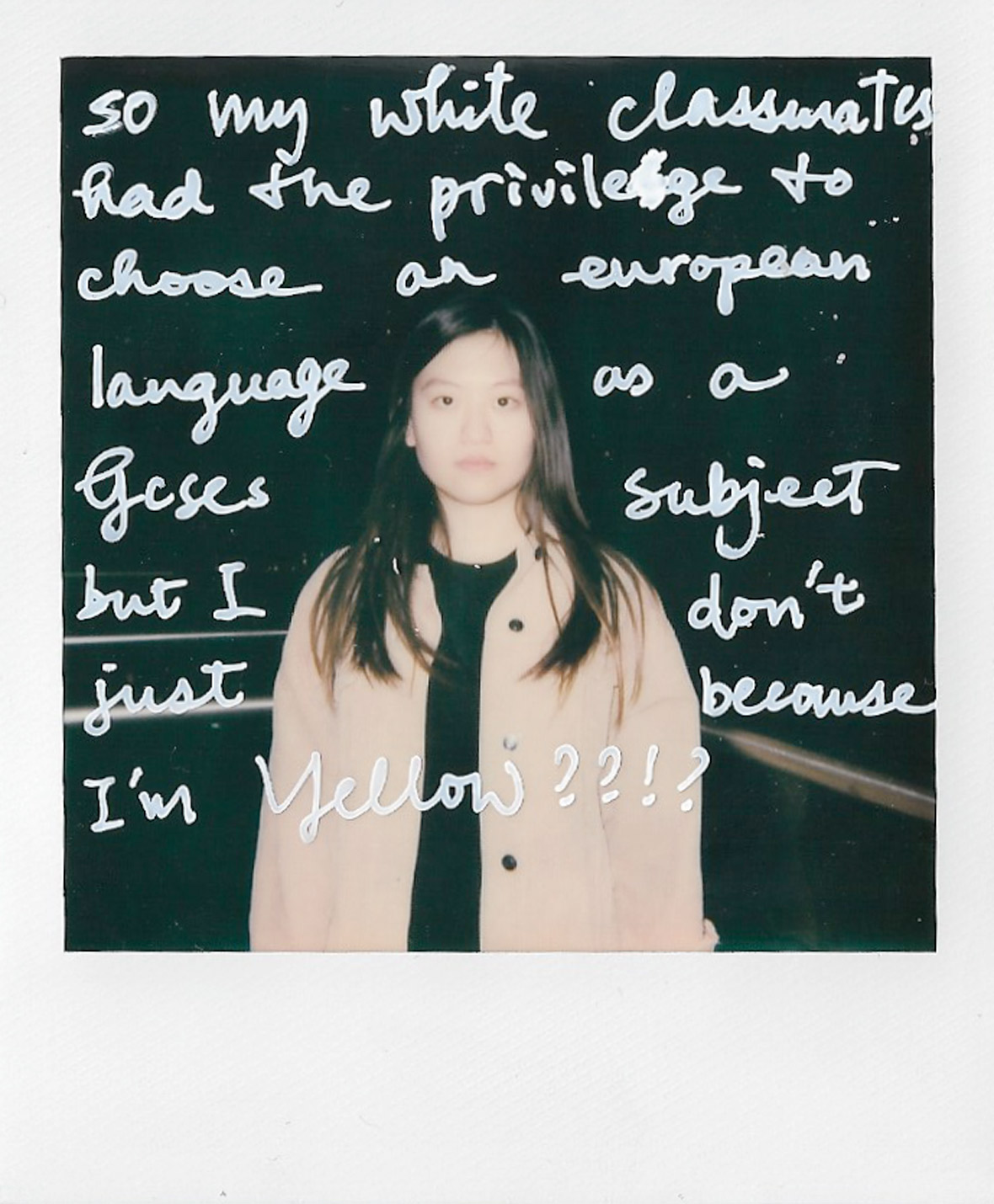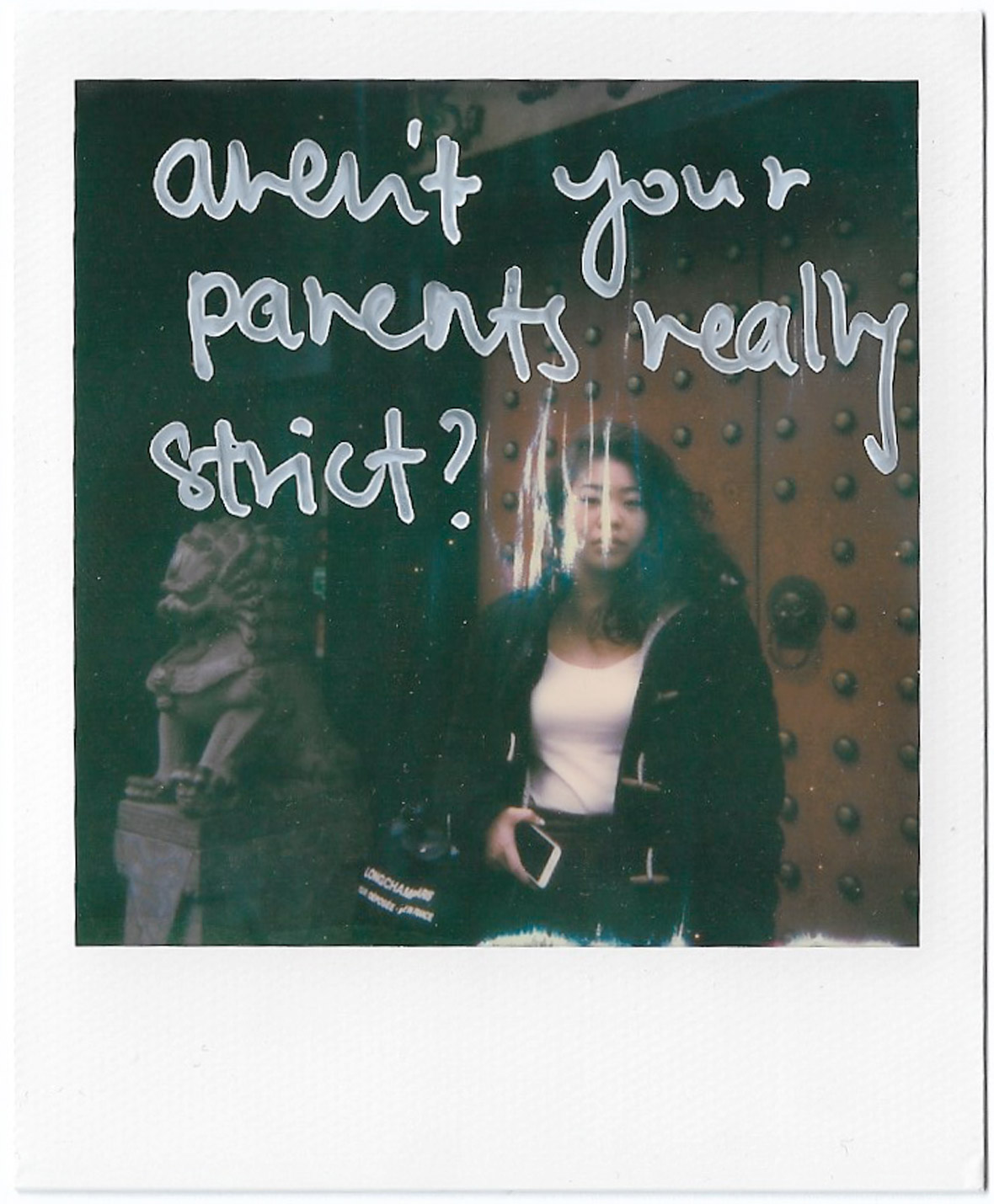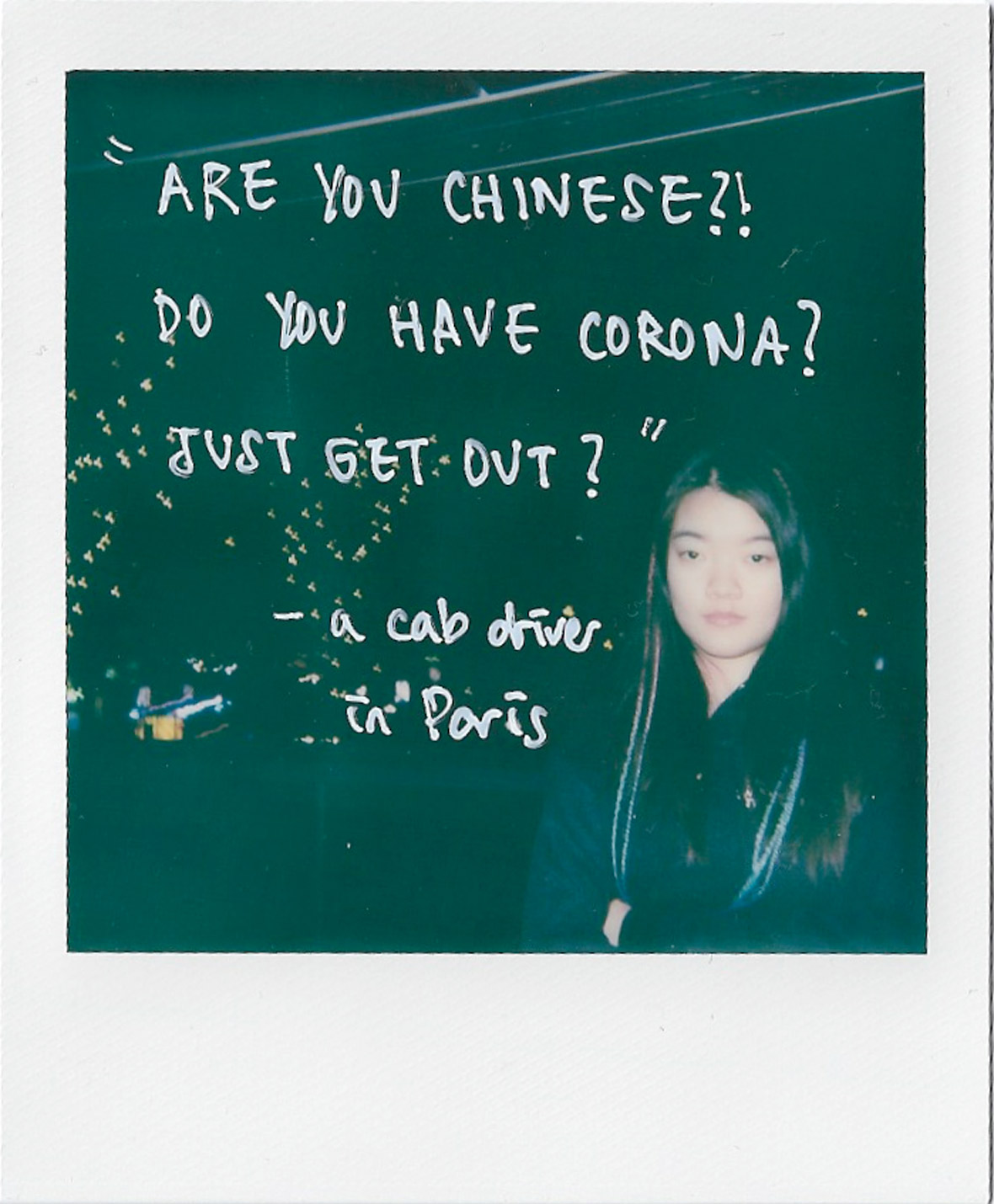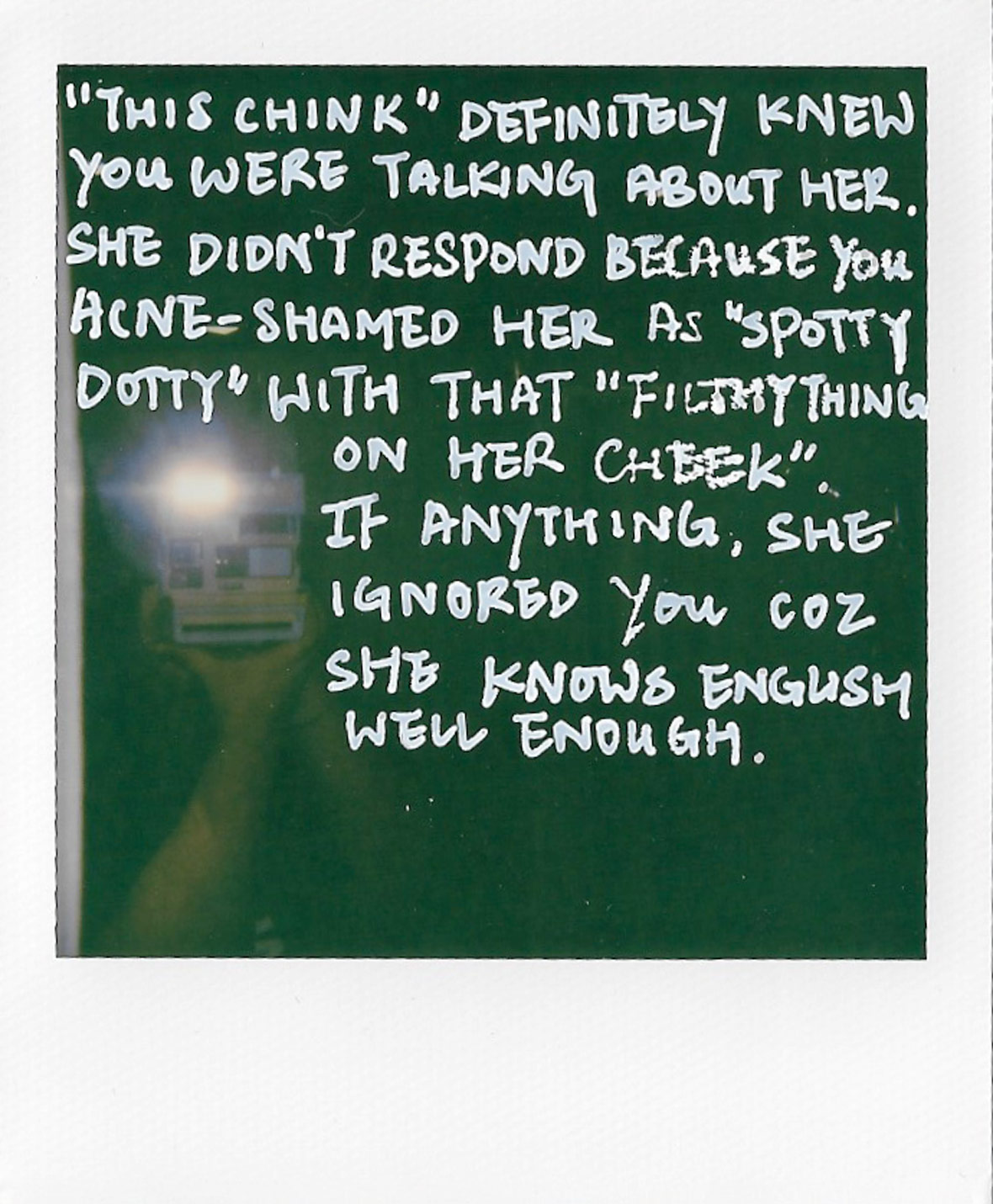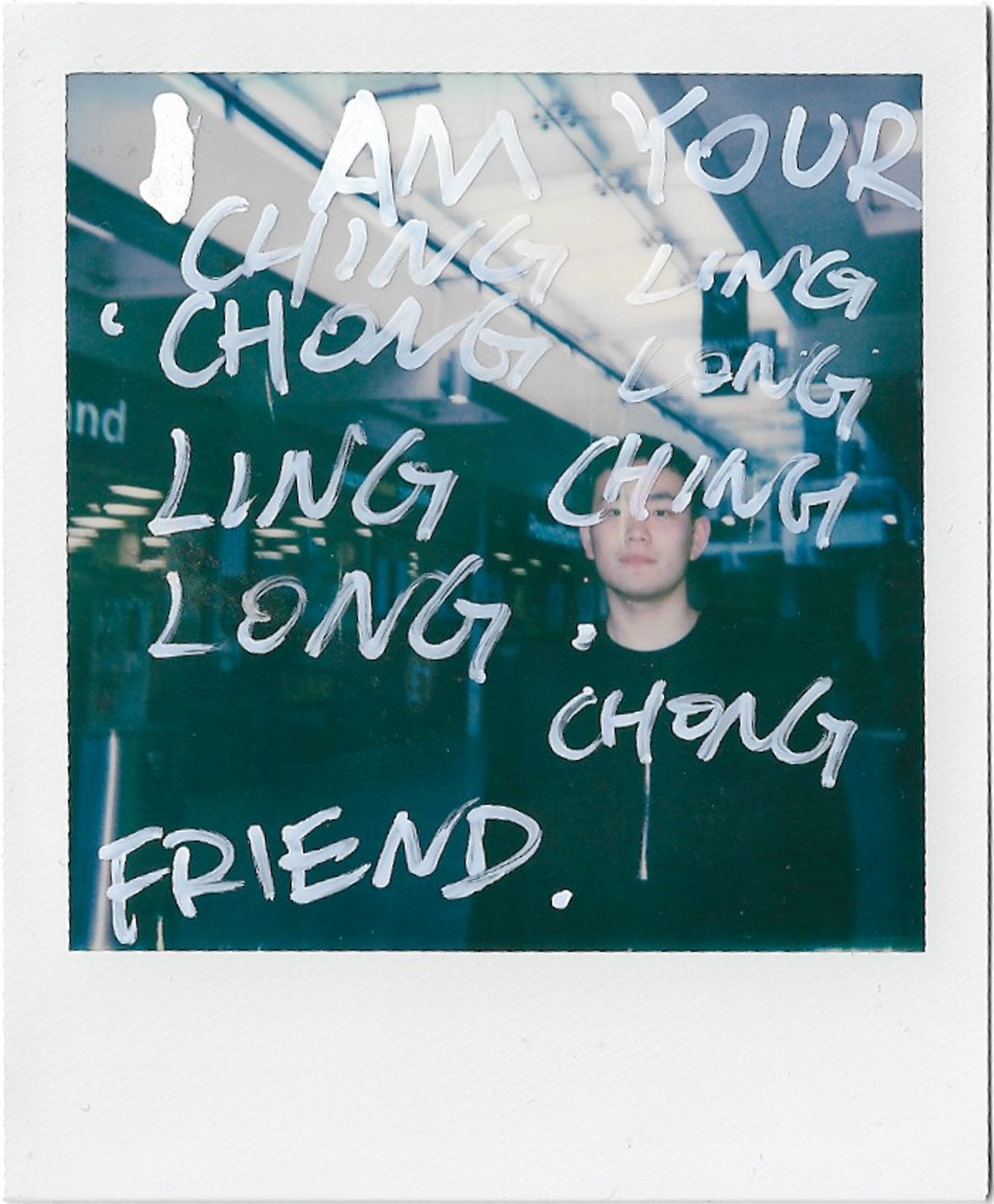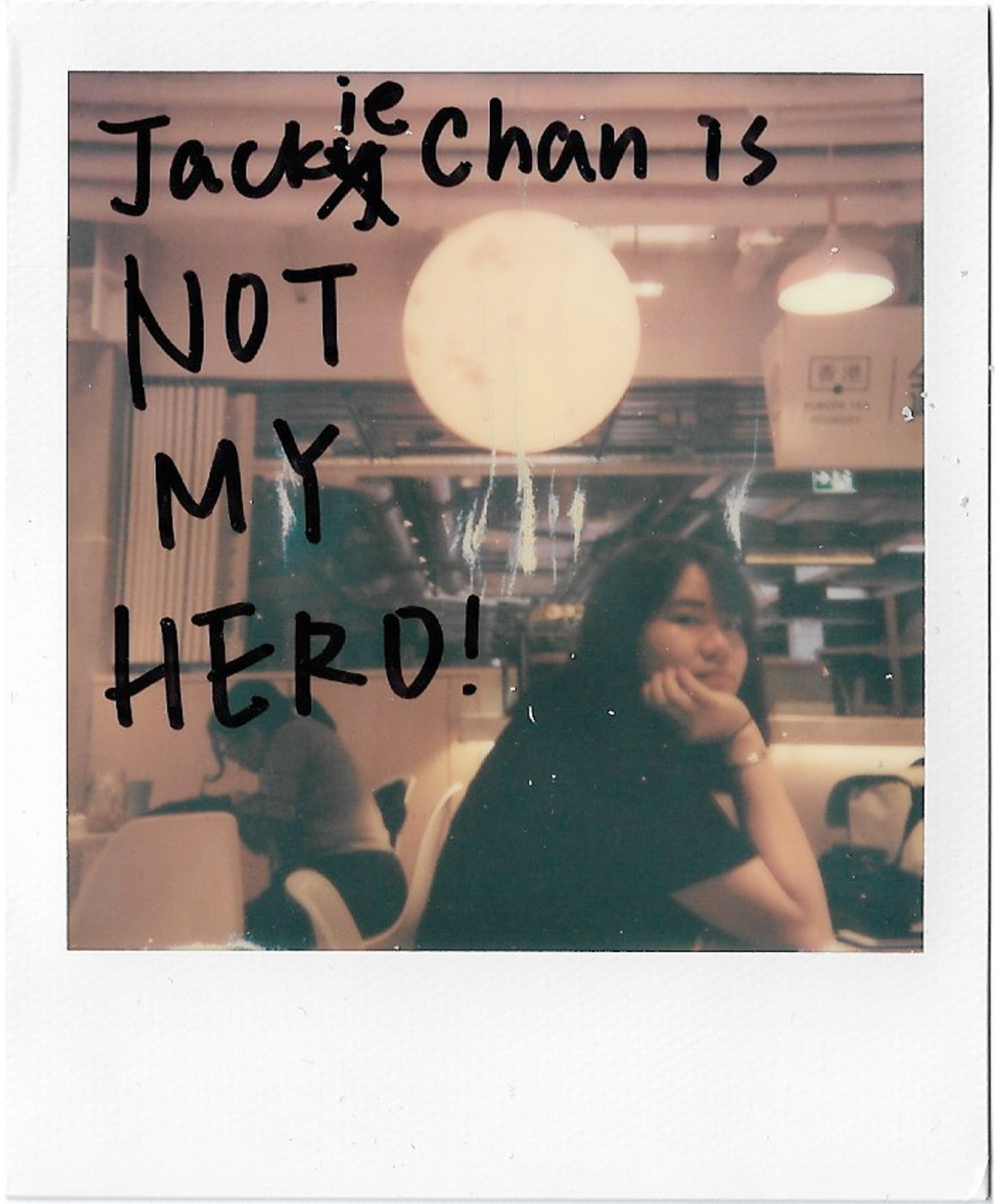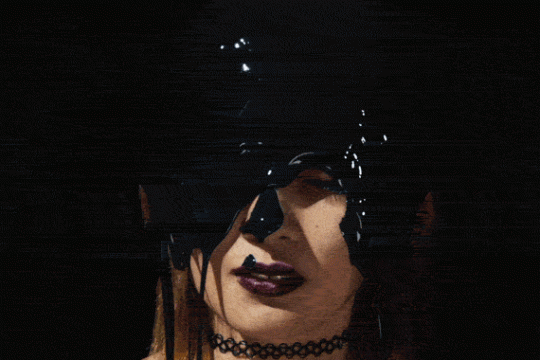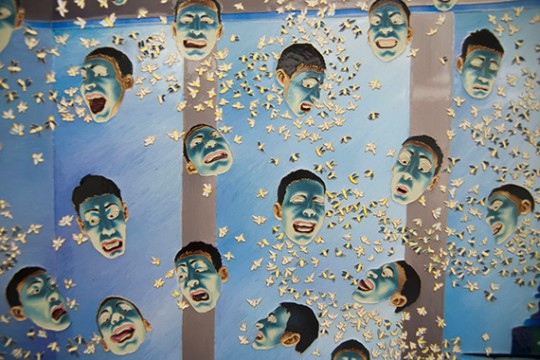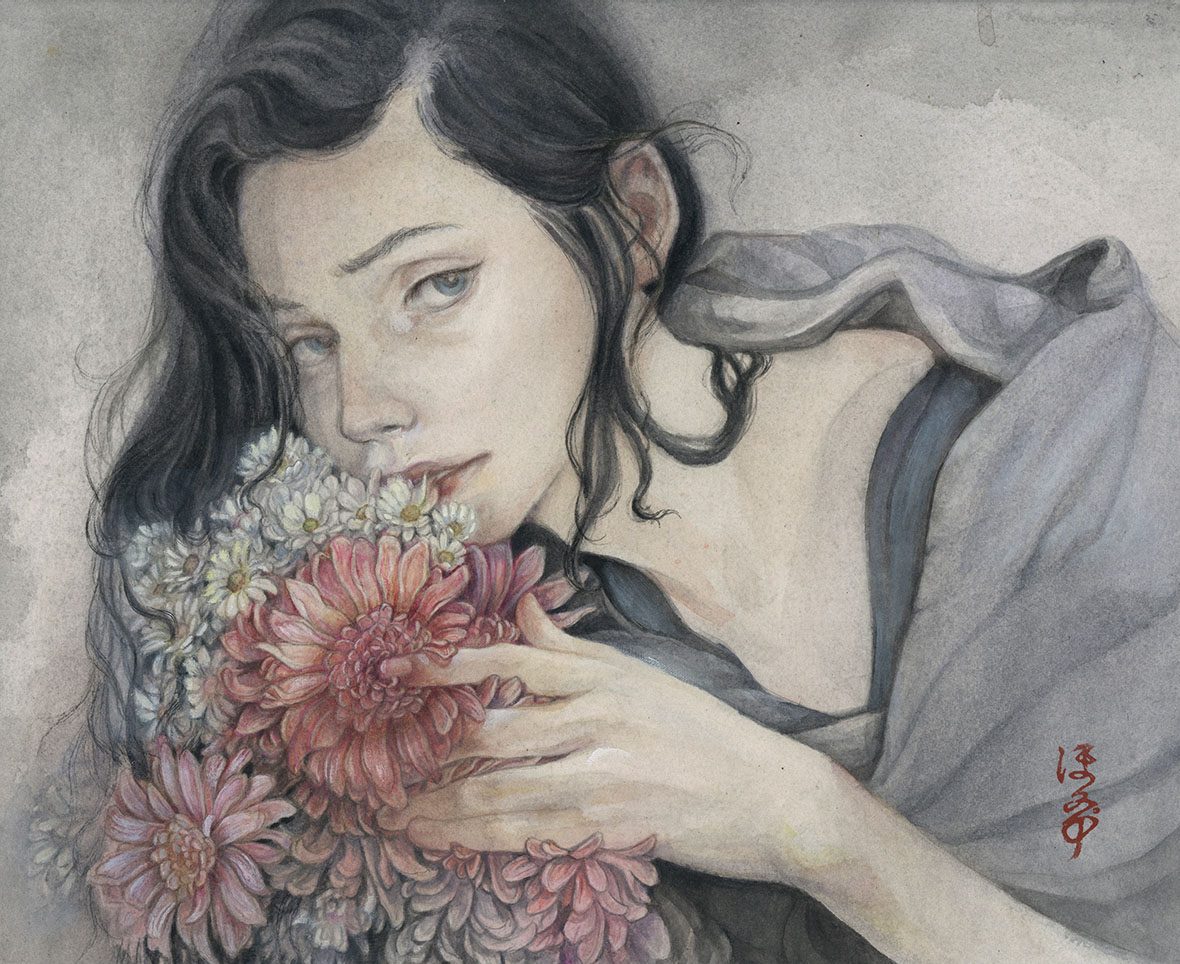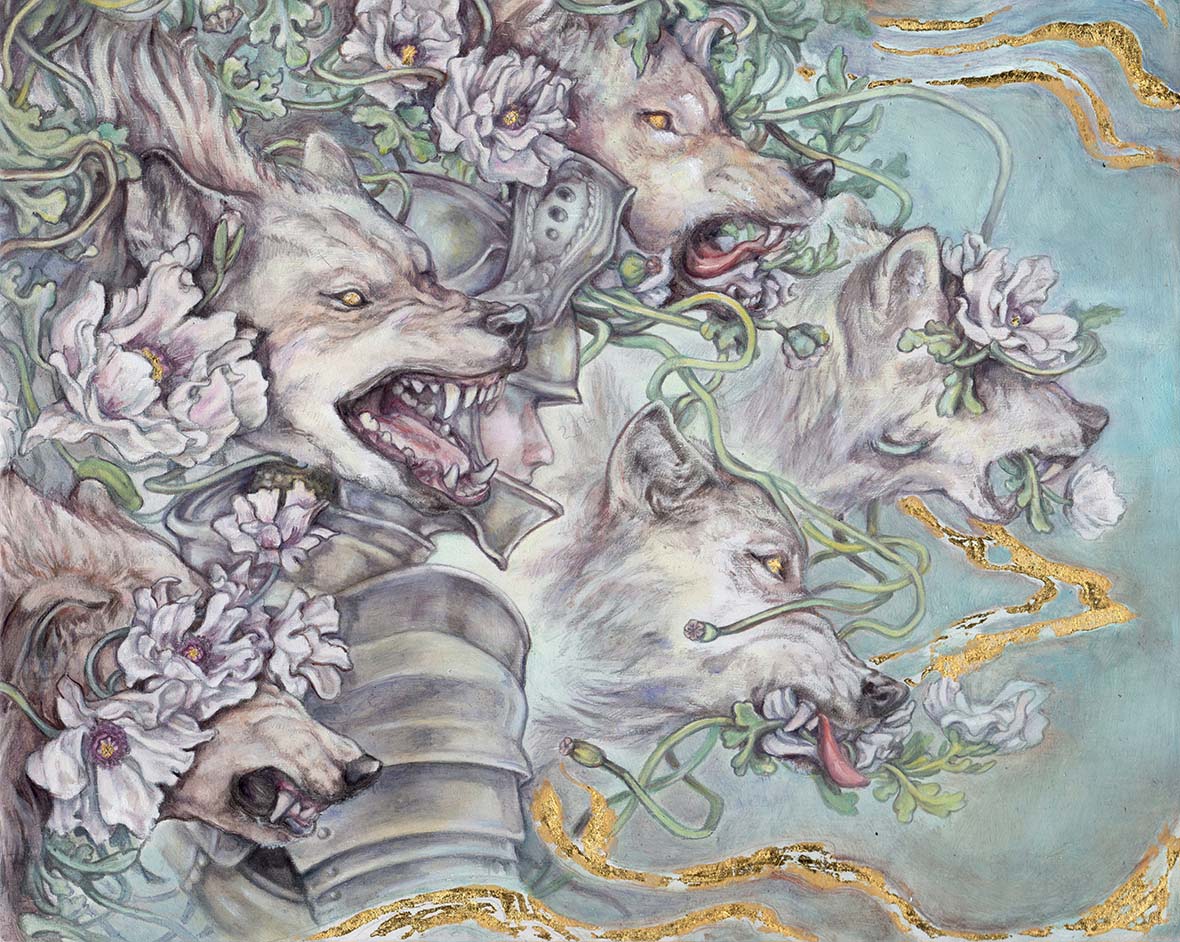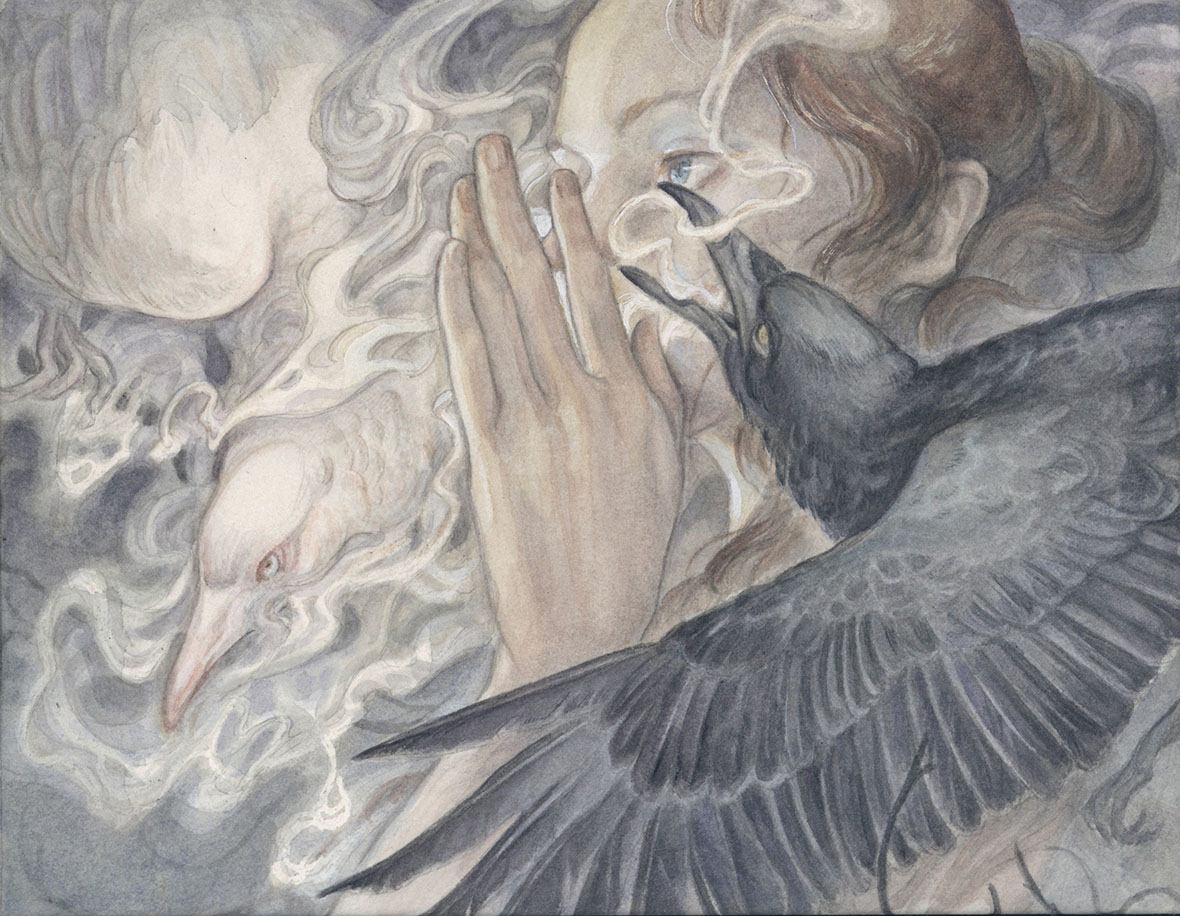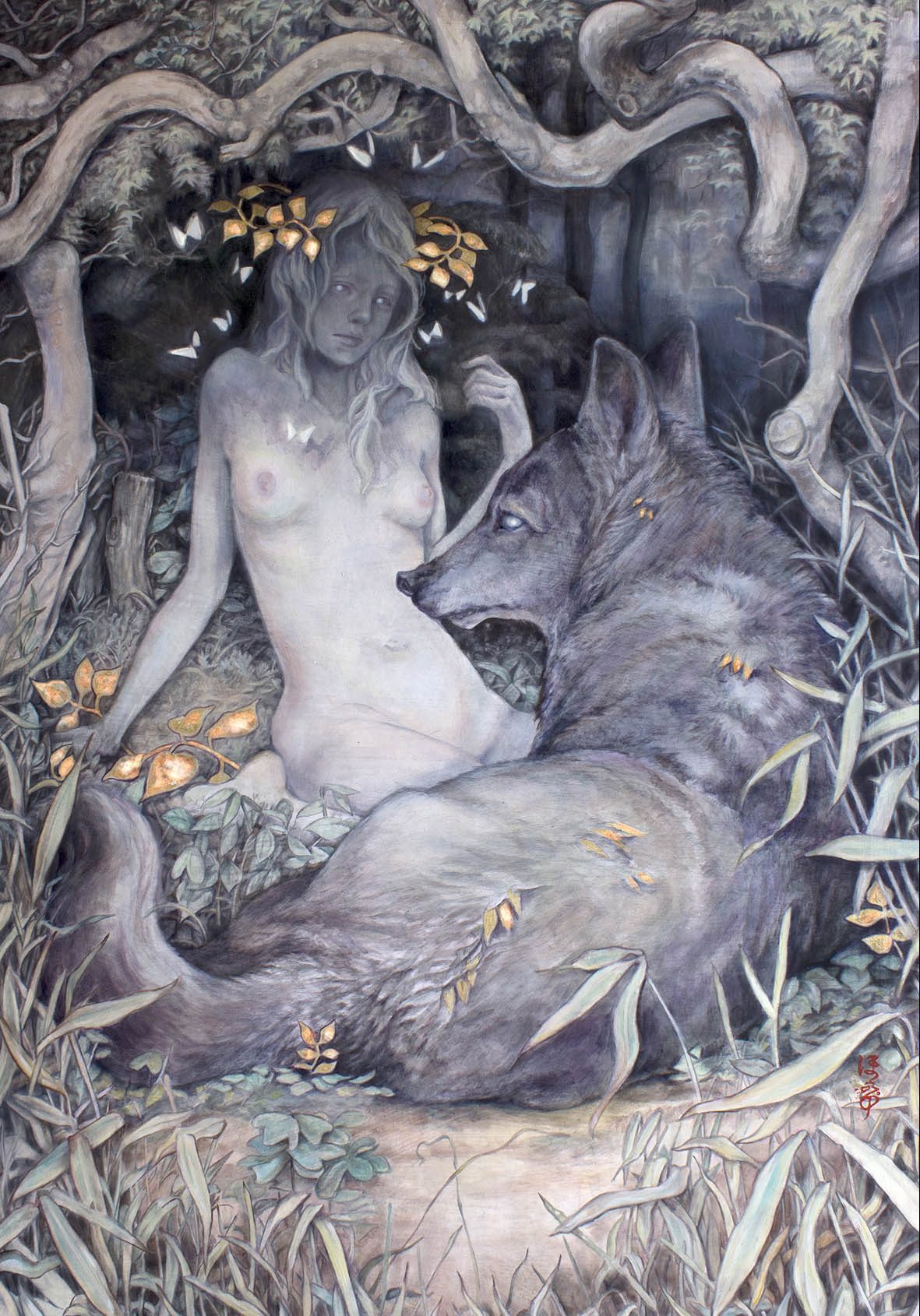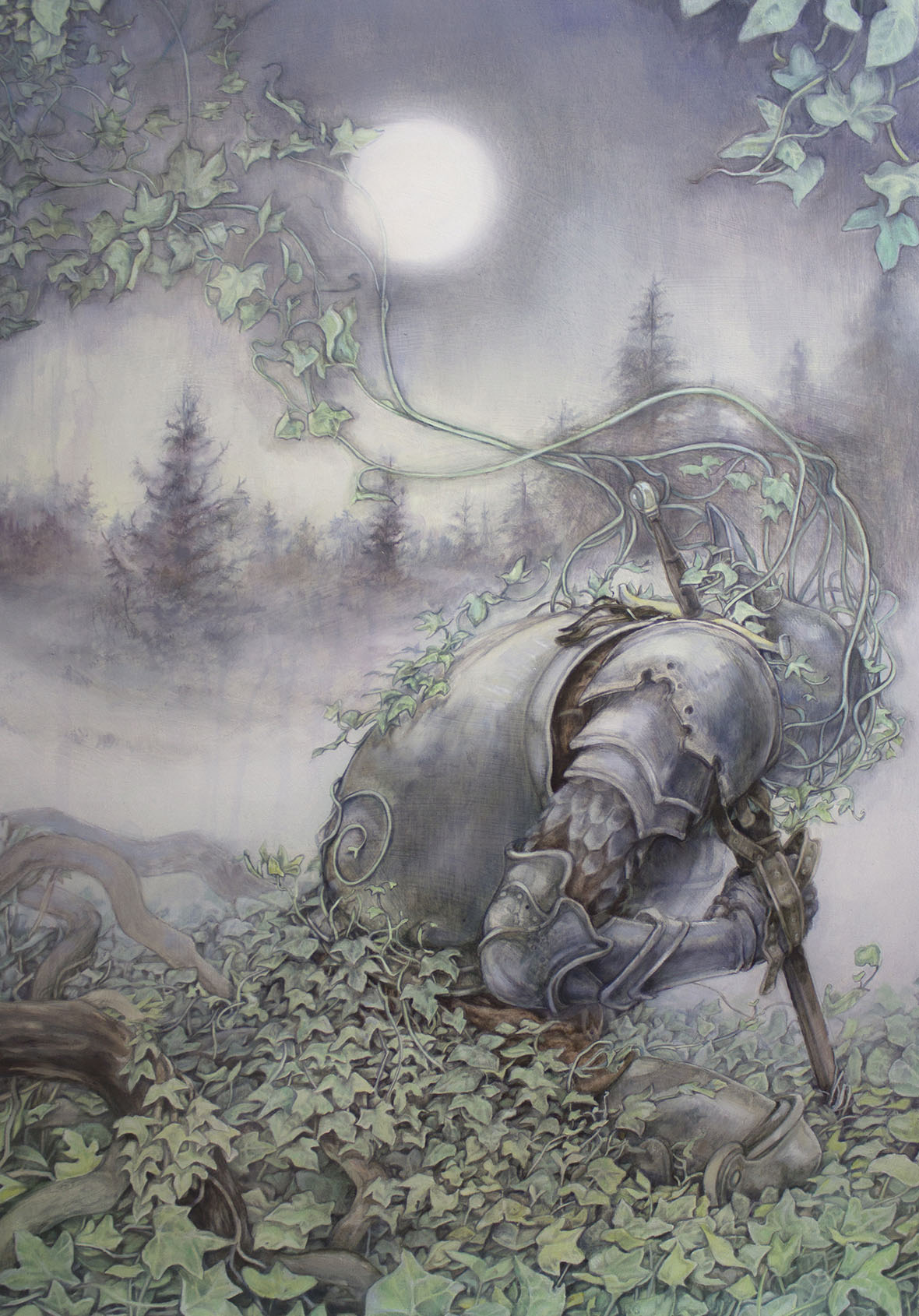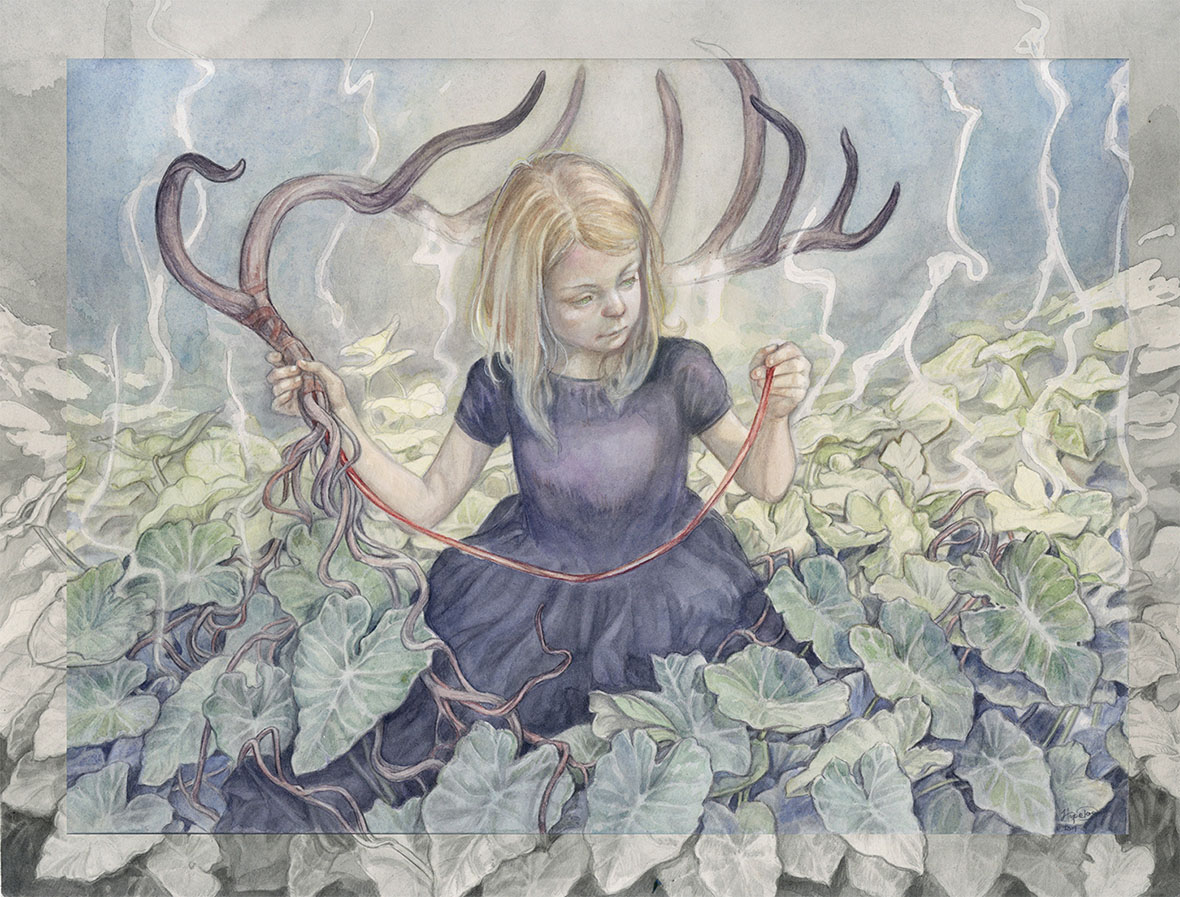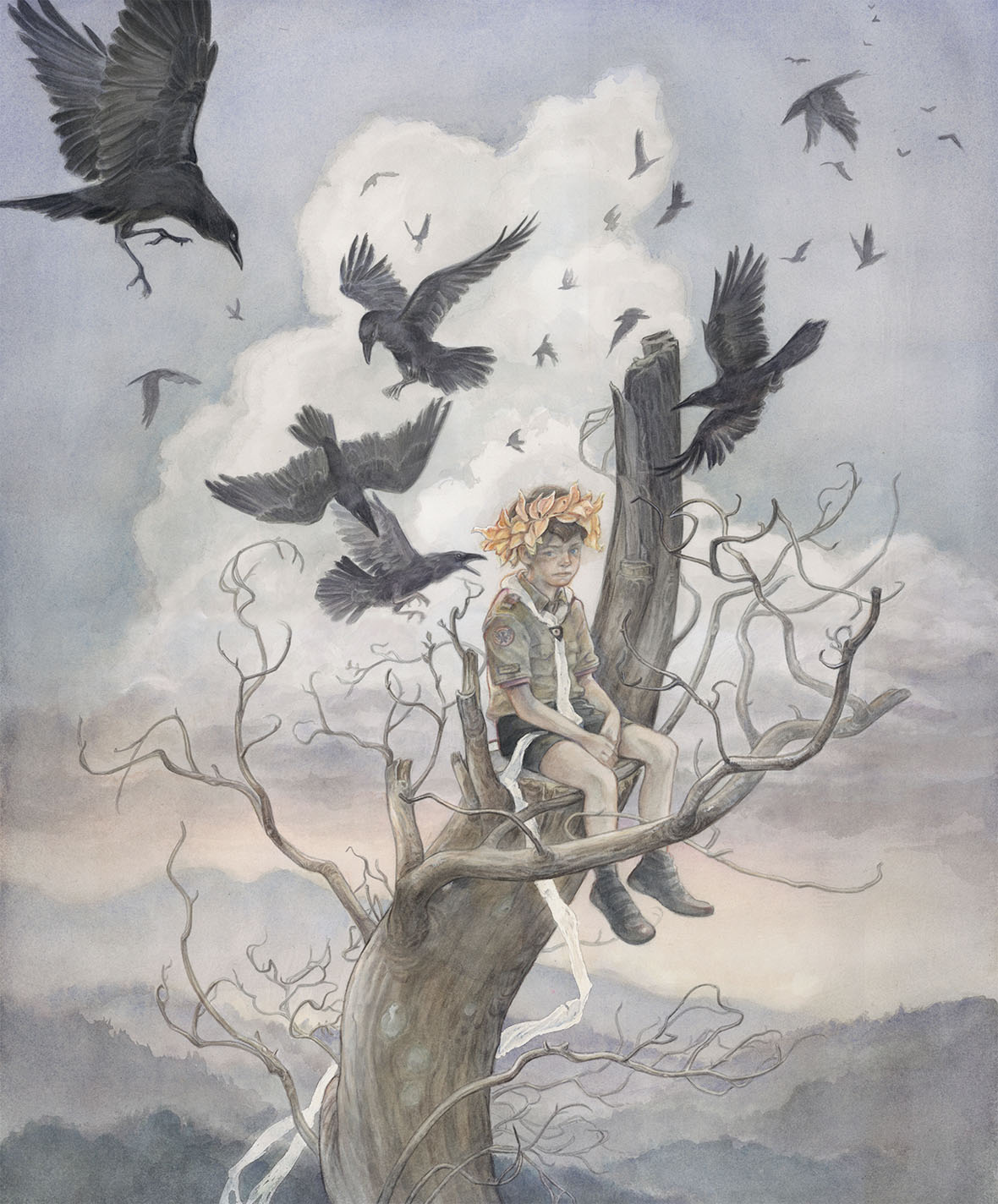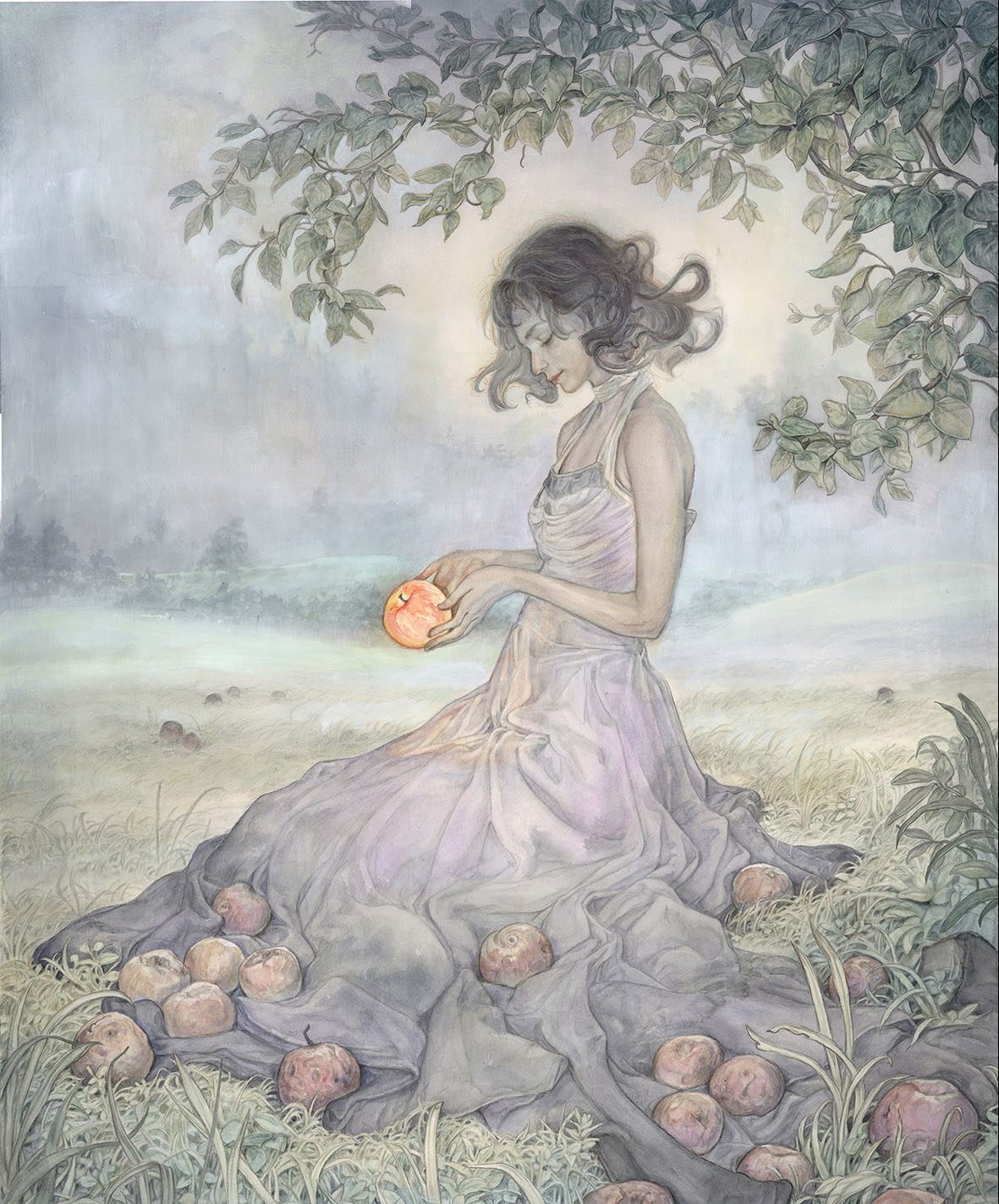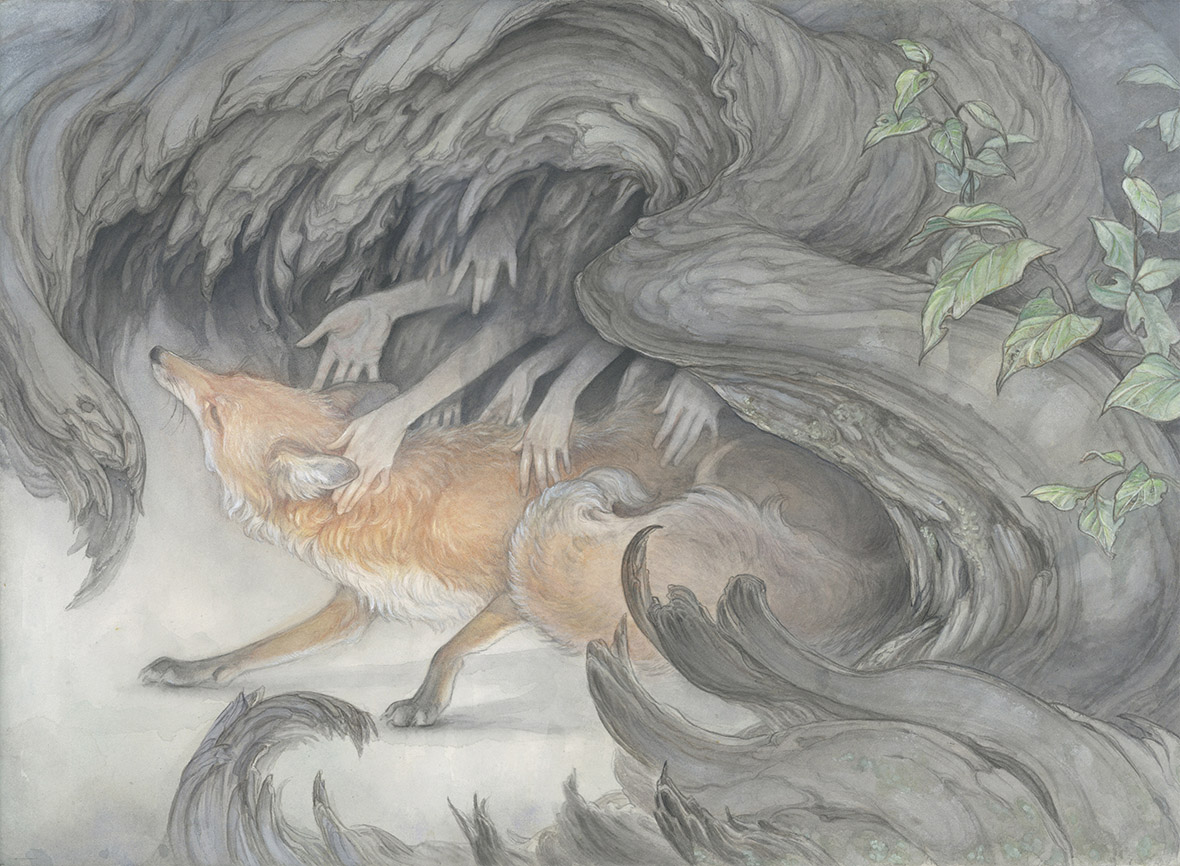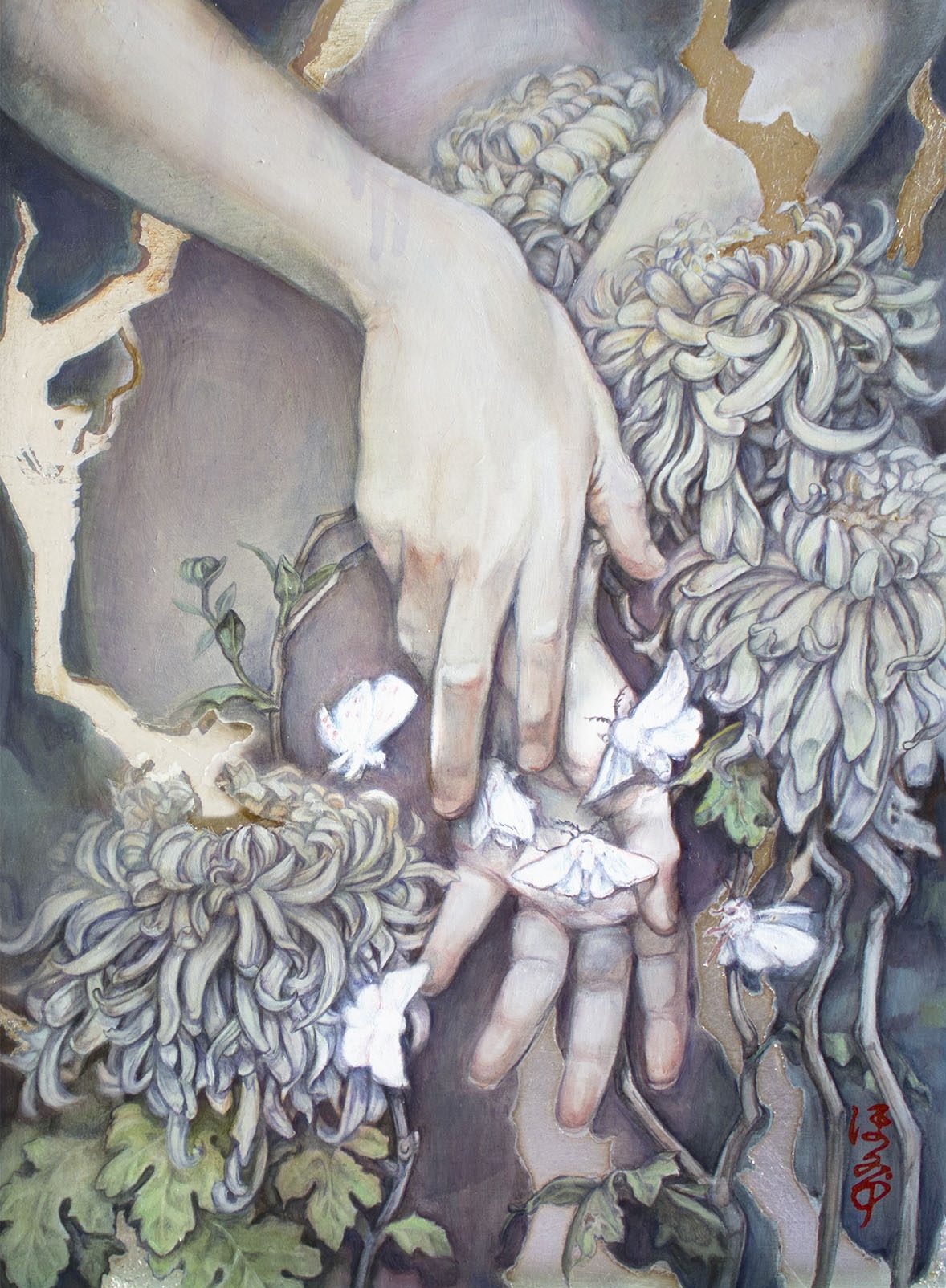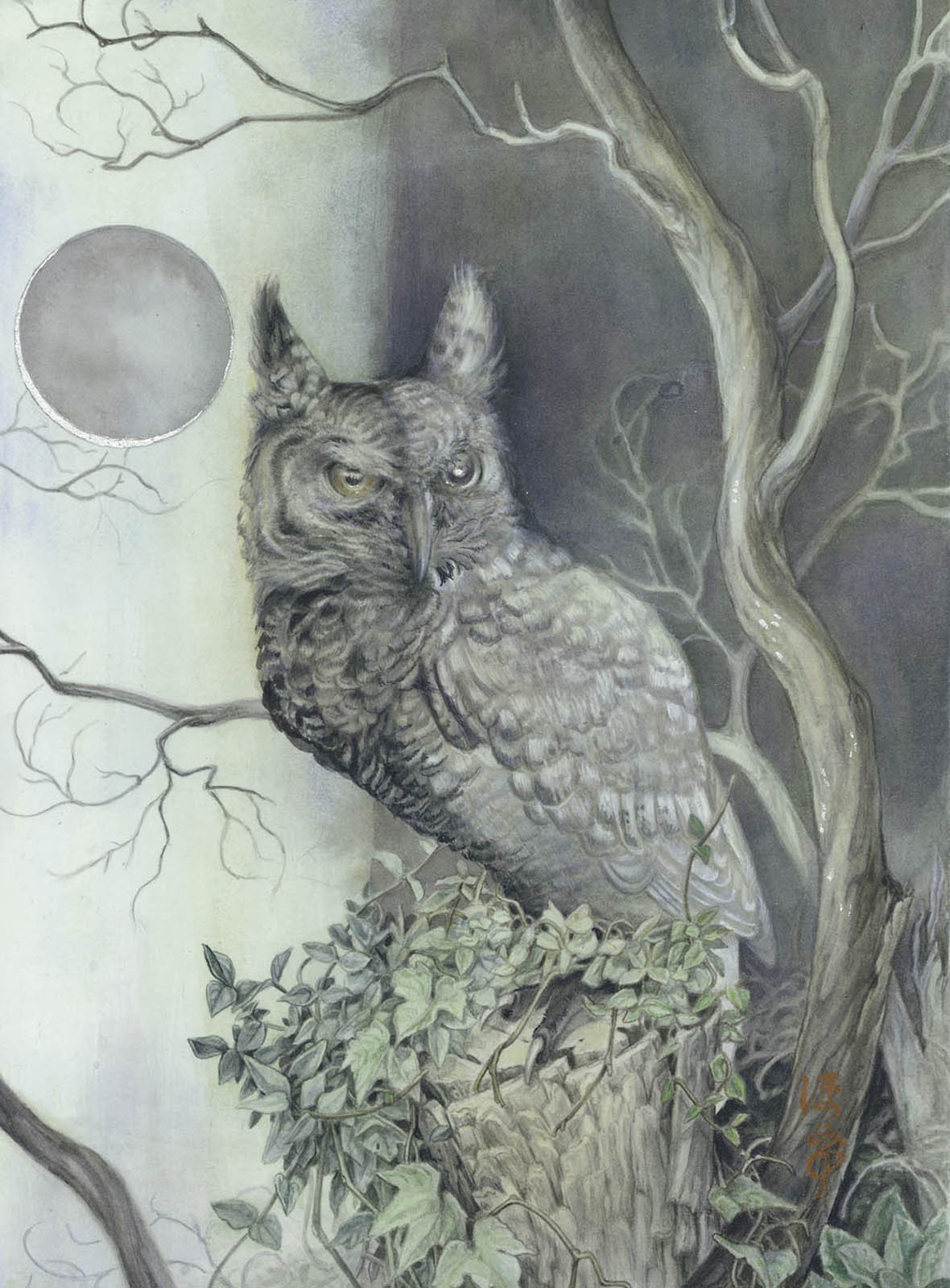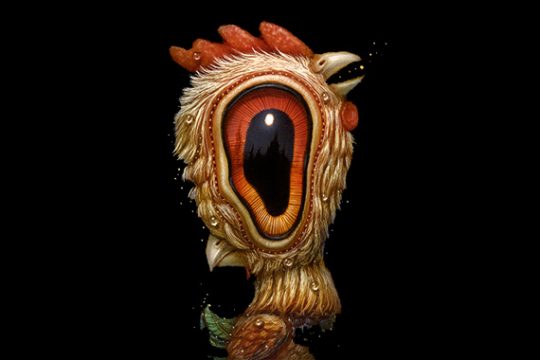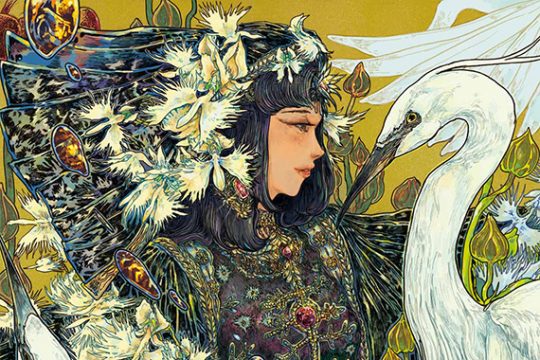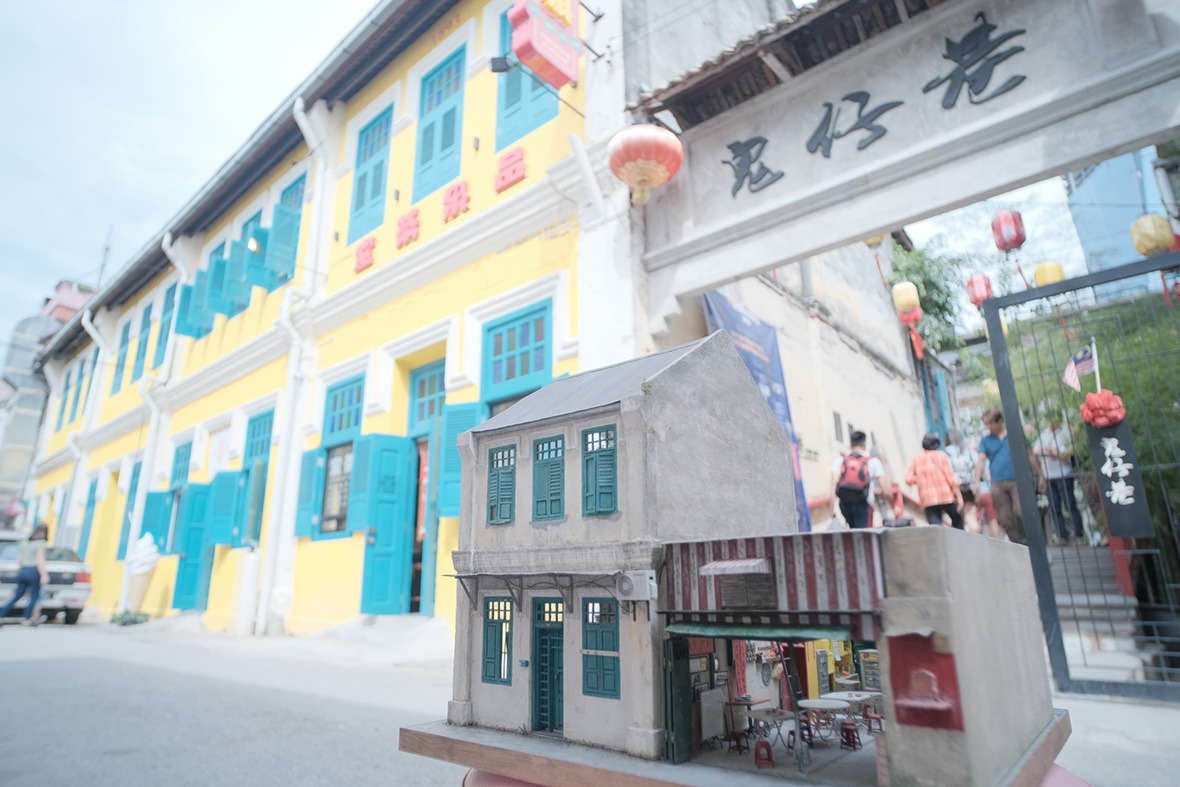
As a student at university, Pui Wan Lim often visited Lorong Panggung, a tiny alleyway in Kuala Lumpur’s Chinatown. At the time, it was a spot where locals could enjoy an inexpensive, traditional breakfast and catch up with friends. But after massive renovations, it’s devolved into a tourist hotspot designed for taking selfies. Luckily, Lim took plenty of photos of the lane’s previous incarnation. With these images, she reconstructed the back alley and her favorite cafe as she remembers it, in the form of a miniature in 1/12th scale.
Pui Wan Lim 大学时经常到访吉隆坡唐人街的鬼仔巷(Lorong Panggung),这里曾是当地人与朋友聚会,享用平价传统早餐的地方,但是经过大规模的翻新重建后,这里已经变成了一个游客拍照打卡点。值得庆幸的是,Pui Wan 以前用镜头记录下了这条小巷子的面貌,拍下了很多照片;如今,借助这些照片,她将自己记忆中的鬼仔巷和她最喜欢的咖啡厅变成了一个 1:12 的袖珍世界。
Lim is a self-proclaimed history buff, and she’s often disappointed that people, especially the younger generation, are often unaware of their past. While history may seem like a boring topic for many, her miniature sculptures inject the subject matter with a dose of playfulness that makes it that more approachable. (Her artist pseudonym, Picoworm, is a combination of “pico”, one of the smallest metric prefixes, and “worm”, short for bookworm.) “Our heritage is fading gradually,” she says. “The world is evolving, with careers, shops, and culture that have no one left to inherit them. I hope to capture and preserve them.”
Pui Wan 自称为历史迷,而现在很多人(尤其是年轻一代)却对过去的历史一无所知,这让她倍感惋惜。历史书对某些人来说可能很枯燥,但 Pui Wan 的微缩模型却能够把教科书上的东西讲得妙趣横生,吸引更多人关注。她以 Picoworm 的名字创作,“pico”是最小的数量级单位之一,而“worm”则代表书虫的意思。她说:“我们的传统正在逐渐消失。世界在不断发展,但很多传统手艺、店铺和文化却后继无人。我希望可以努力将这些传统记录下来,好好保存。”
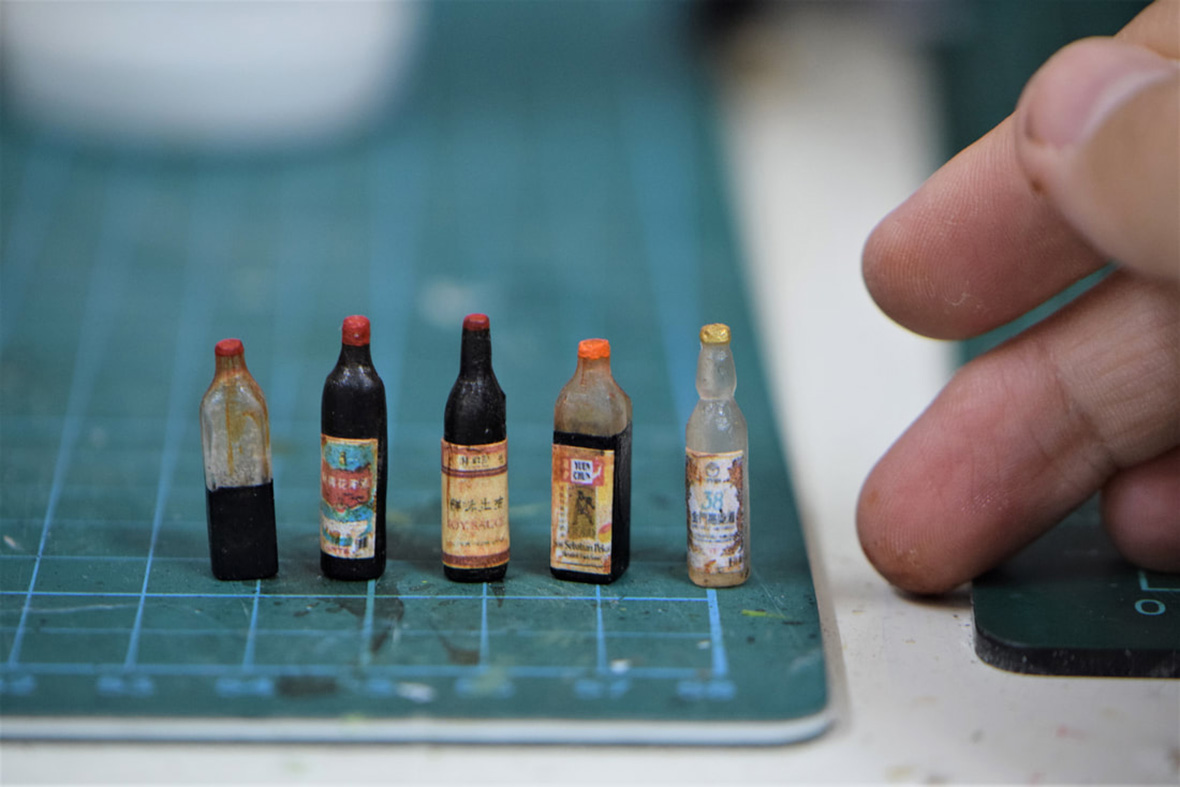
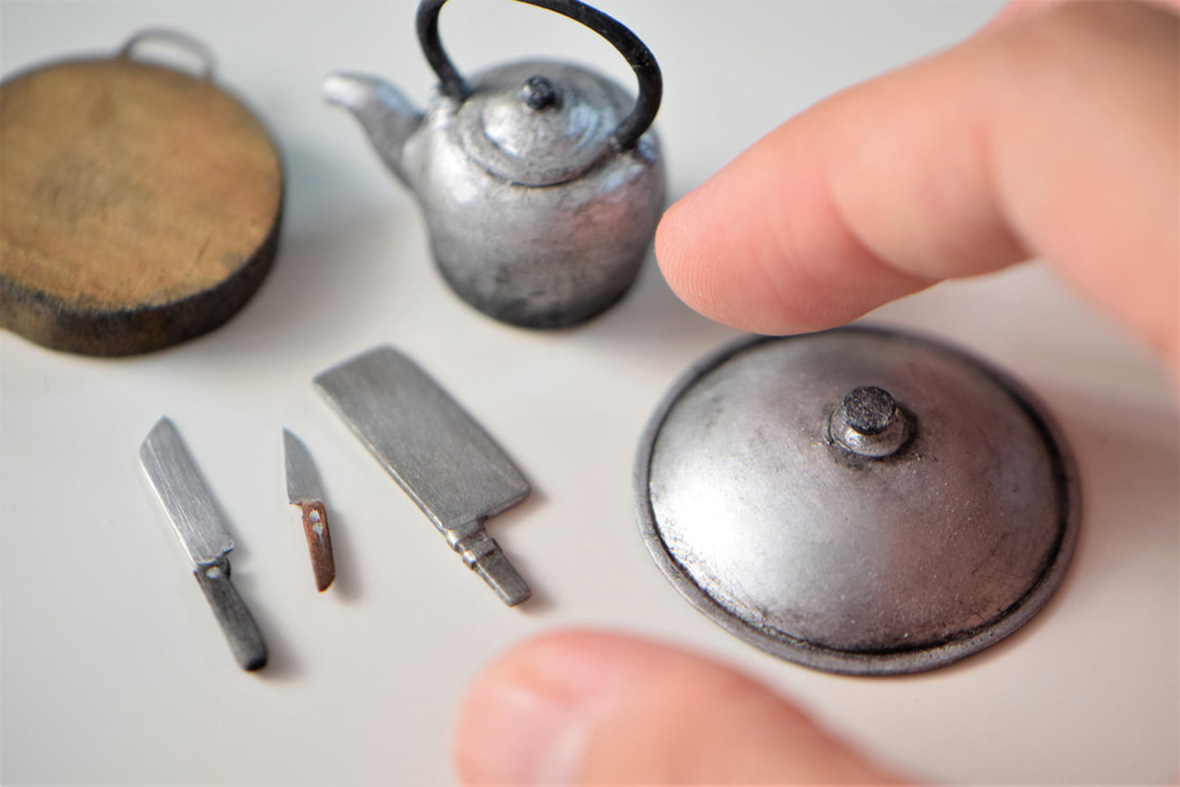
Back in 2007, Lim found herself captivated by miniatures but she was unable to buy her own, so she got the idea to learn how to build them herself. “There were no Youtube tutorials back then, so I looked to forums, blogs, and books,” she recalls. “Sometimes I just had to experiment to get the result I’m looking for. The trial-and-error progress, and exploring techniques with available materials. That’s where a lot of my satisfaction comes from. ”
2007 年,Pui Wan 迷上了微缩模型,但当时模型的价格对她来说太贵了,于是她才有了自学的想法。她回忆说:“那时候还没有 Youtube 教程,所以我经常会去逛各种论坛,看博客和书本。有时我只能靠不断试验,来获得想要的效果。而这个不断试错的过程,利用手头上的材料,探索不同的制作工艺,给我带来了很多的成就感。”
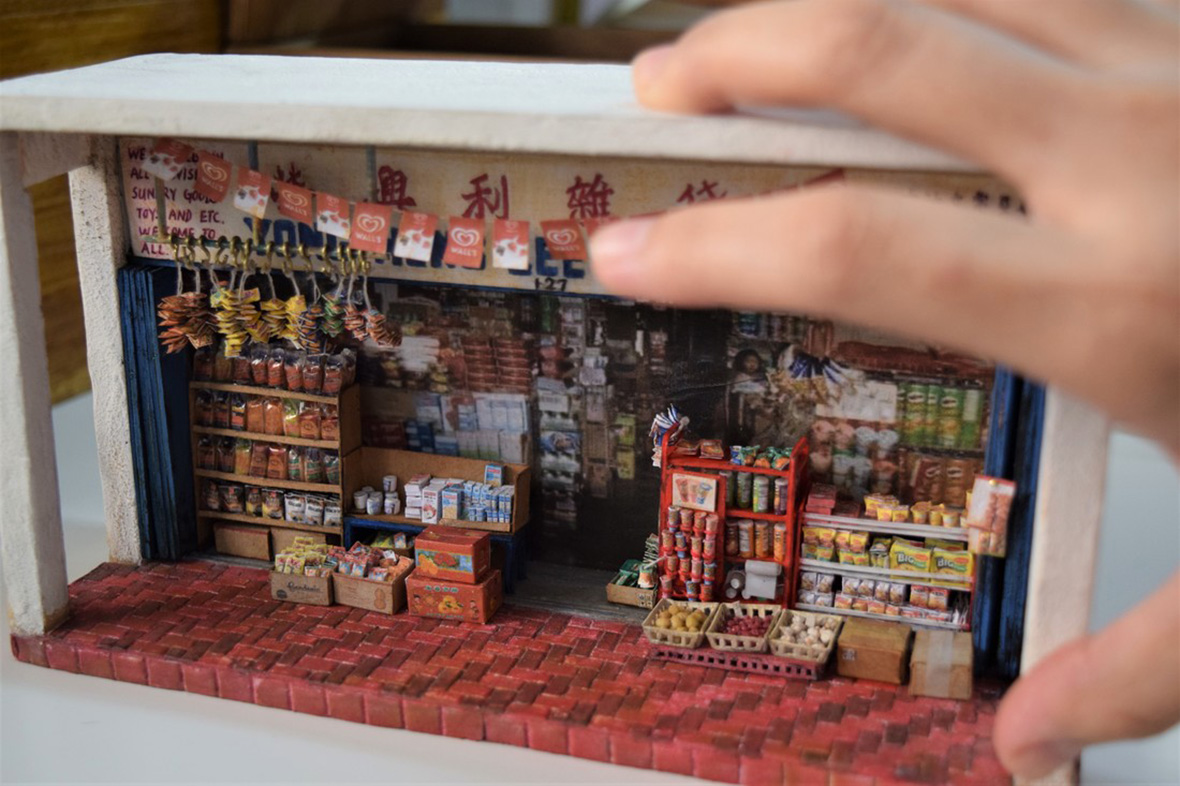
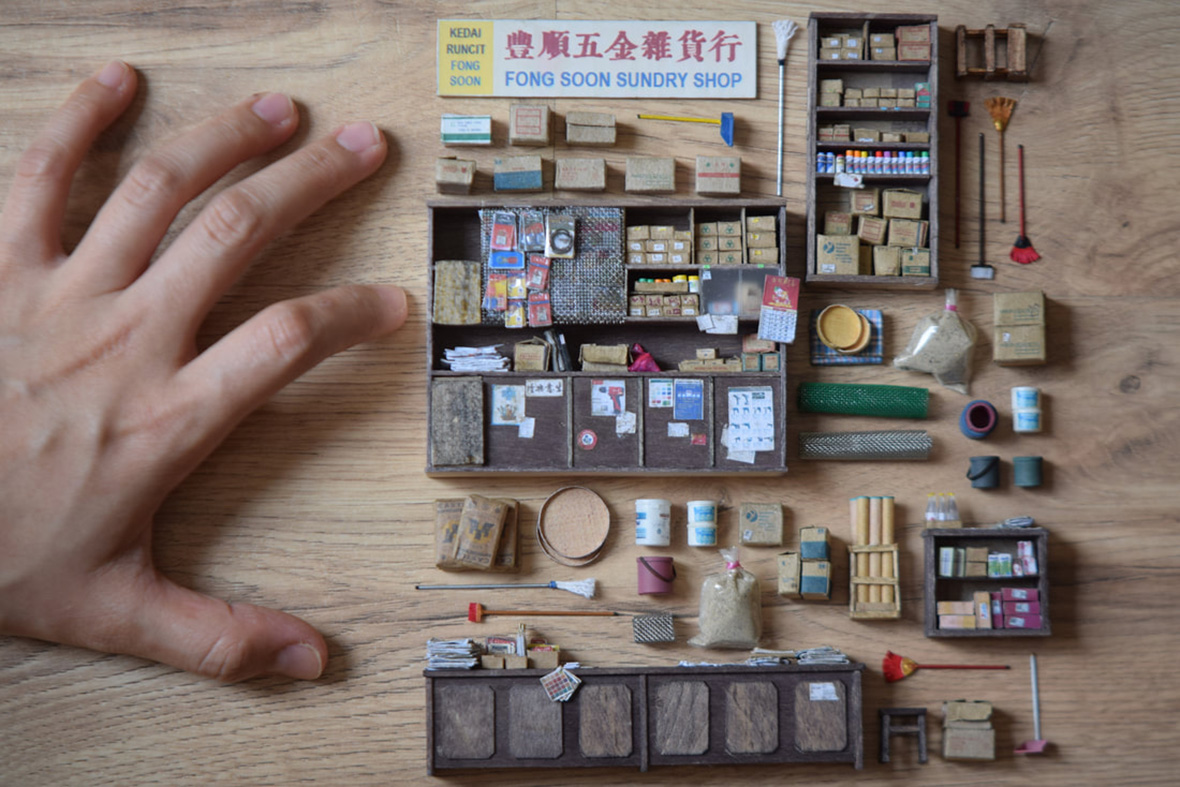
Lim’s miniatures are made with a variety of materials, including clay, wood, foam board, and metal. With everyone cooped up at home due to COVID-19, she’s been forced to become more mindful of wasted materials and figure out ways to create with recycling parts. Even with normal access to material though, one of her miniatures can still take anywhere from one to four months to create, depending on the level of detail.
Pui Wan 的微缩模型由多种材料制成,包括粘土、木材、泡沫板和金属。由于新冠疫情,人们被迫居家隔离,这段时期她也要格外注意减少浪费,尽量想办法利用回收材料进行创作。不过,即使可以如常获取所需材料,根据作品的精细程度,一件作品往往也需要一到四个月的时间来完成。
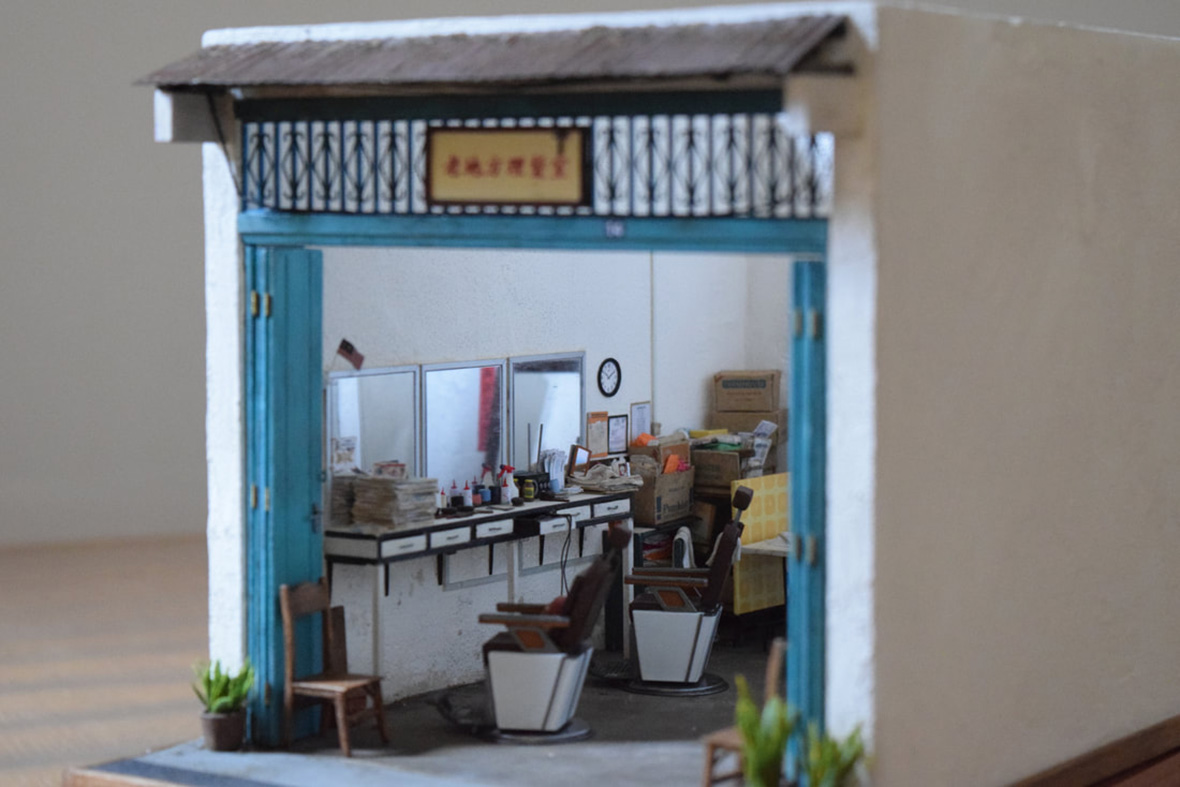
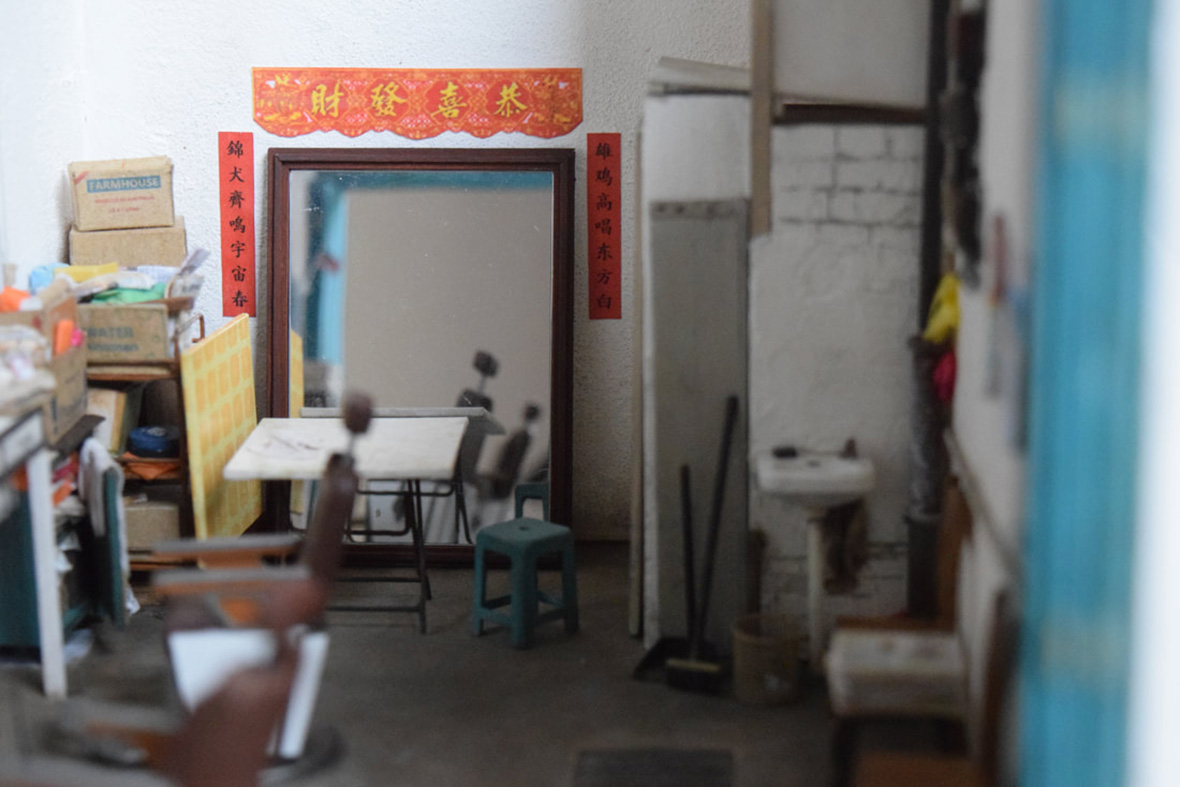
The Chinese-Malaysian artist was born and raised in Kuala Lumpur and has long been fascinated with life in the city. Her intricate miniatures are replete with every little detail from her favorite urban scenes, from the individual magazines found in old barbershops to the grime stains on a front door. Tiny hardware stores have worn shelves packed with aging spray paint and chicken wire. Countertops in an old restaurant are recreated with stained grout and burnt cooking wares. Her sculptures are a mix of real locales and recreations of her childhood memories.
作为一名马来西亚华裔艺术家,Pui Wan 是土生土长的吉隆坡人,对这座城市充满感情。她所创作的微缩模型精繁复杂,充满着各种当地日常场景的小细节,譬如传统理发店里的一本本杂志或是门上的污渍;在一间微型的五金店里,破旧不堪的搁架上面堆满了旧喷漆和铁丝网;一间旧餐厅的台面是用着色水泥浆和烧制炊具制成的。Lim 的微缩模型既是当地的真实生活,也是她的童年回忆。
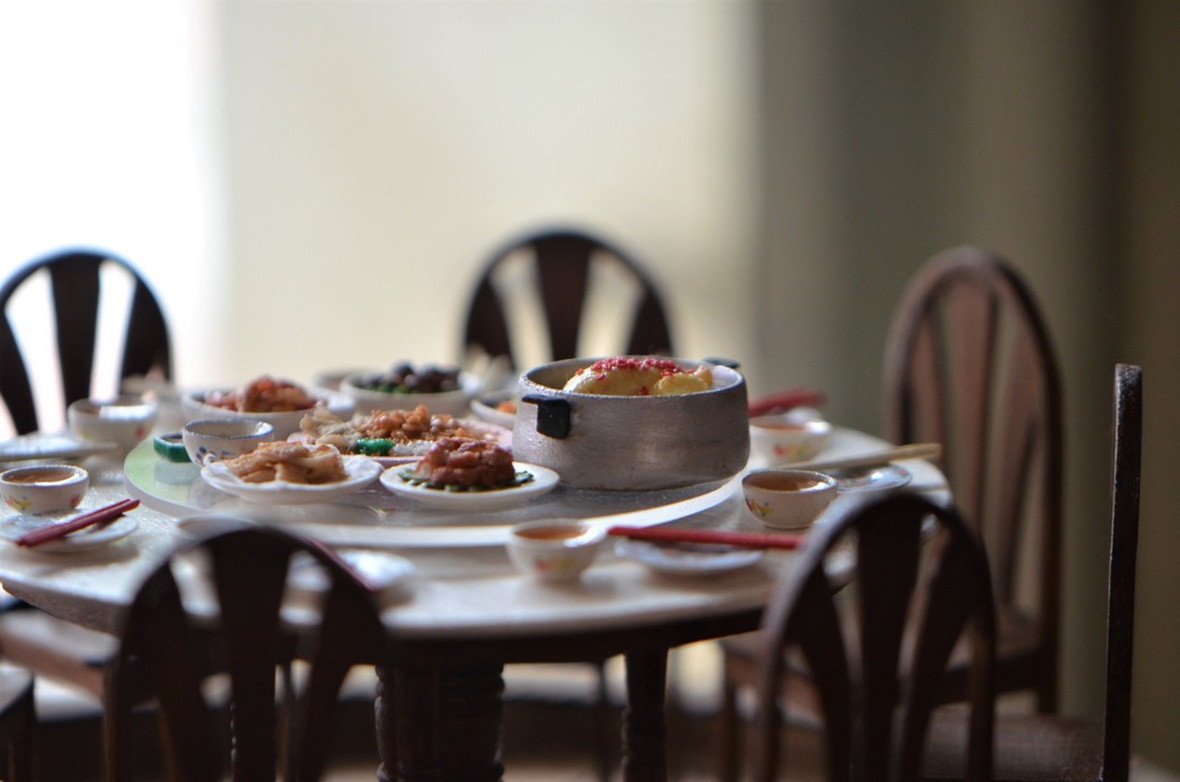
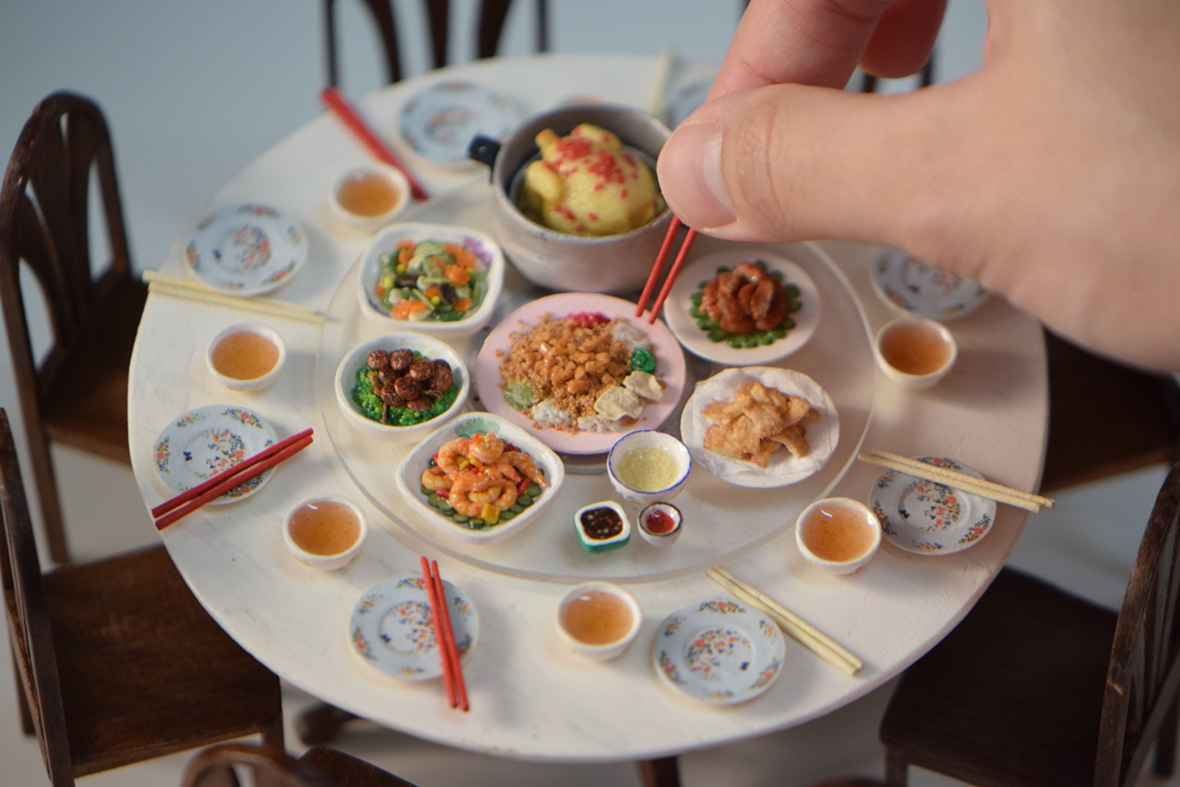
“I want to make history come alive,” Lim says. “I use my miniatures to share our history with people, especially the younger generations. Malaysia is a multicultural country, which is one of the many reasons it’s so beautiful. If our culture can be seen and touched, it can capture people’s attention, and hopefully, they will be eager to learn more about it.”
“我想让历史更生动一些。”Pui Wan 说,“我希望通过自己的微缩模型,与人们,尤其是年轻人,分享我们的历史。马来西亚拥有多元的文化,这是它的魅力之一。如果我们的文化能够被人们看见和触摸,这能更好地吸引人们的关注,进而深入地去了解更多。”
Like our stories? Follow us on Facebook and Instagram.
Website: www.picoworm.com
Instagram: @picoworm
Contributor: Mike Steyels
Chinese Translation: Olivia Li

